Year-round greenery isn’t just about keeping something alive through winter—it’s about weaving structure, texture, fragrance, and habitat into the first space guests see. Evergreens anchor the front yard with dependable foliage, buffer harsh winds, muffle noise, and let seasonal bloomers shine against a steady green canvas. With smart plant picks—matched to soil, light, and local wildlife pressure—you can create vignettes that look intentional in July heat or January frost and still demand very little maintenance. The twenty ideas below balance formal lines with naturalistic sweeps, tight spaces with generous borders, and classic favorites with climate-resilient newcomers, so you can mix and match to fit any size or style of home.
1. Boxwood Hedge Border Adds Evergreen Formality
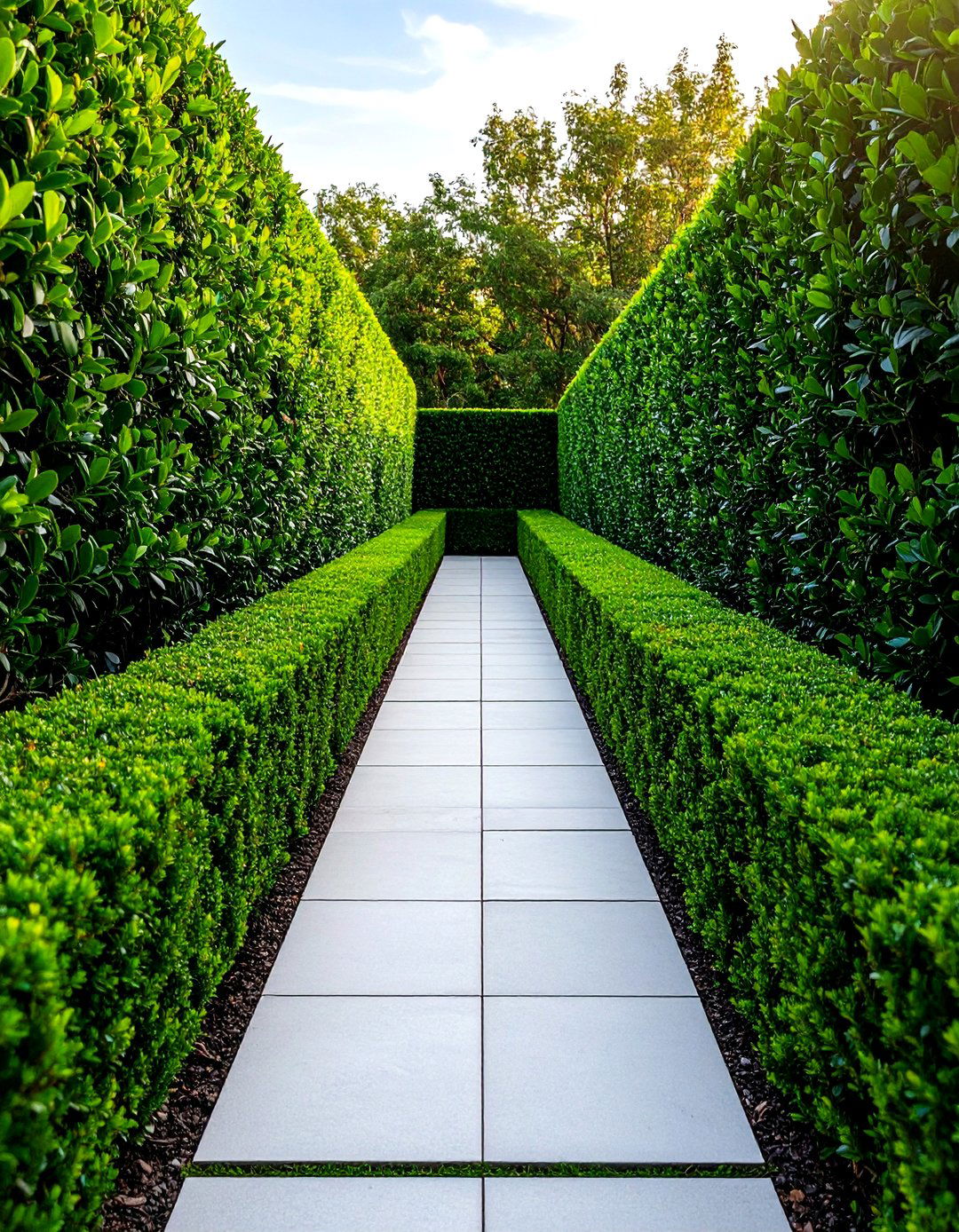
A crisp ribbon of boxwood along a walkway instantly frames beds and signals neatness, thanks to its tight, glossy foliage that holds rich color all year and tolerates regular shearing for geometric edges. Keep the hedge low (45–60 cm) to spotlight flowers behind it, or let it rise to waist height to guide visitors to the door. Choose blight-resistant cultivars or alternatives such as inkberry holly if boxwood leafminer or boxwood blight is common in your area, and thin interiors each spring so light reaches the hedge’s base.
2. Layered Dwarf Conifers for Evergreen Texture
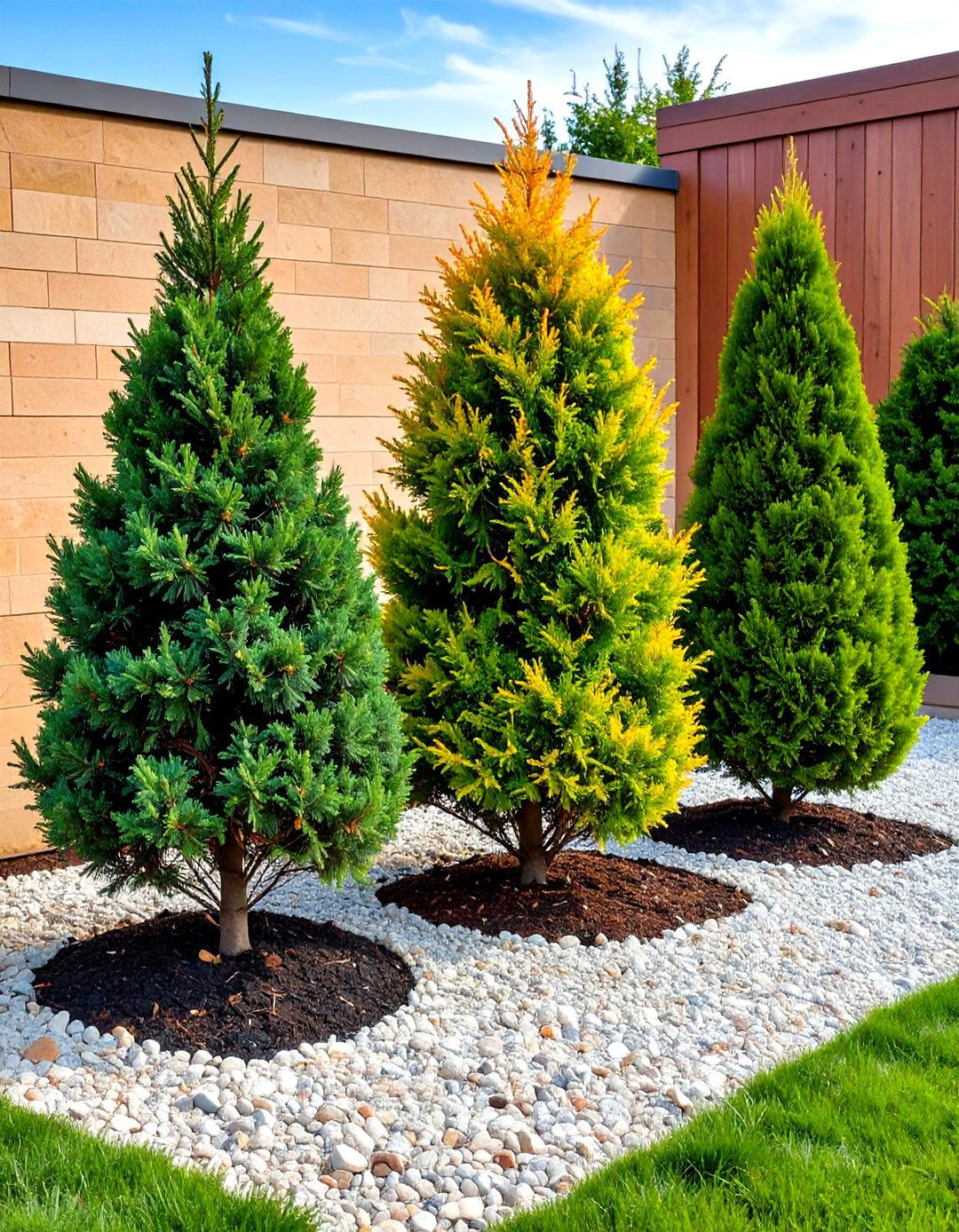
Unlike one-note rows, a staggered trio of dwarf pines, spruces, and false cypress adds sculptural interest and subtle color shifts—from blue-green needles to golden sprays—without crowding the foundation. Plant tallest specimens (1.2–1.5 m) farthest from the path, then tuck globe-shaped mugo pines in front for a tidy skirt. A final layer of creeping juniper knits the grouping together and shades the soil, minimizing weeds. The varied forms ensure every angle offers depth, and the slow growth of dwarf cultivars means pruning is minimal, just a light candle-pinch in early summer.
3. Rapid-Growing Arborvitae Screen for Front-Yard Privacy
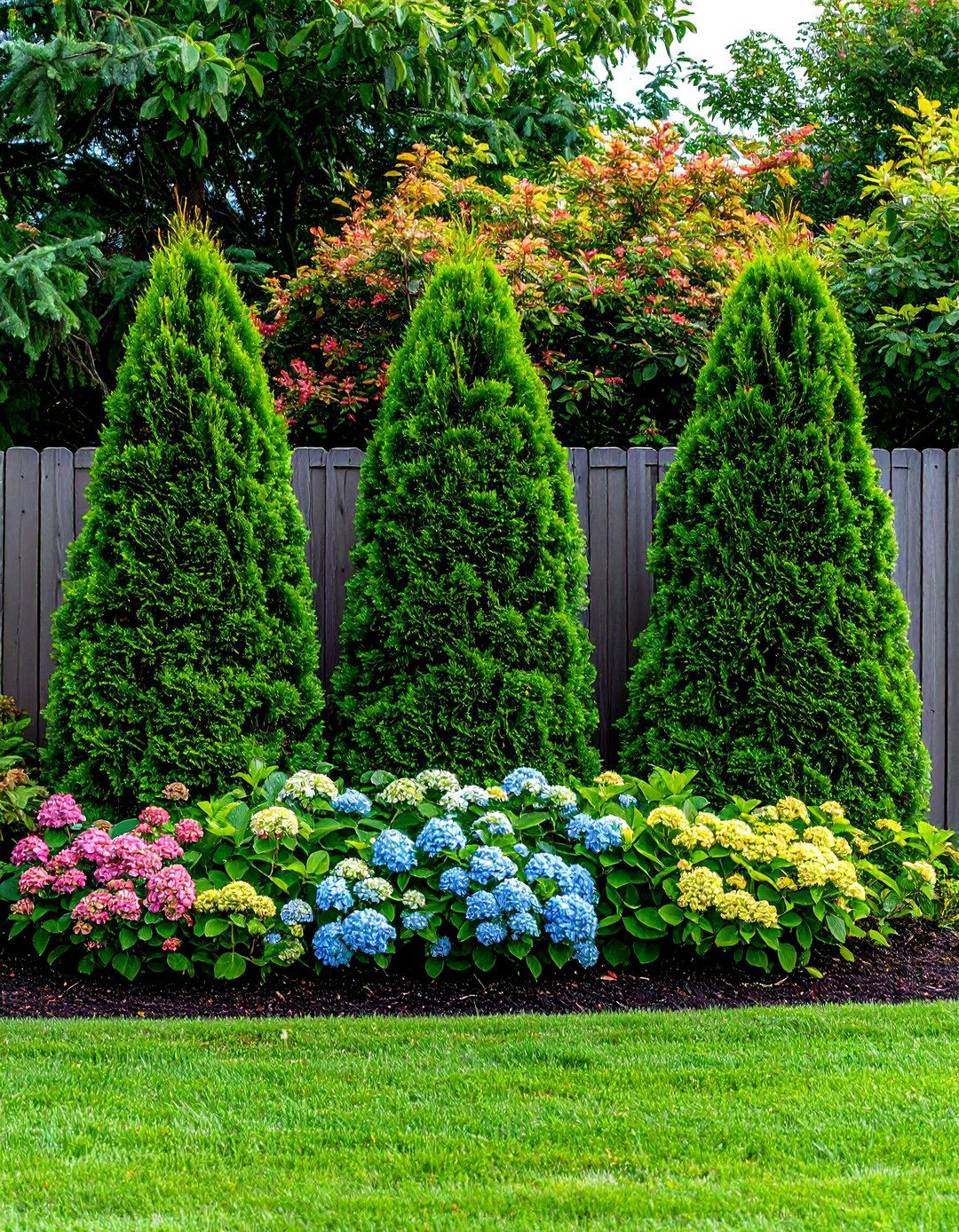
When neighboring windows feel too close, a living wall of ‘Green Giant’ or ‘Emerald Green’ arborvitae climbs fast—up to 90 cm a year in fertile soil—and stays dense even in winter, giving instant seclusion without a fence. Space shrubs 90–120 cm apart so branches knit together by year three, and weave in flowering hydrangeas at the base for a soft, two-tiered look. Arborvitae also trap dust and buffer road noise, making the front porch noticeably calmer; just deep-water through the first two summers, then trim the tips lightly to keep the hedge plumb.
4. Juniper Rock Garden for Rugged Curb Appeal
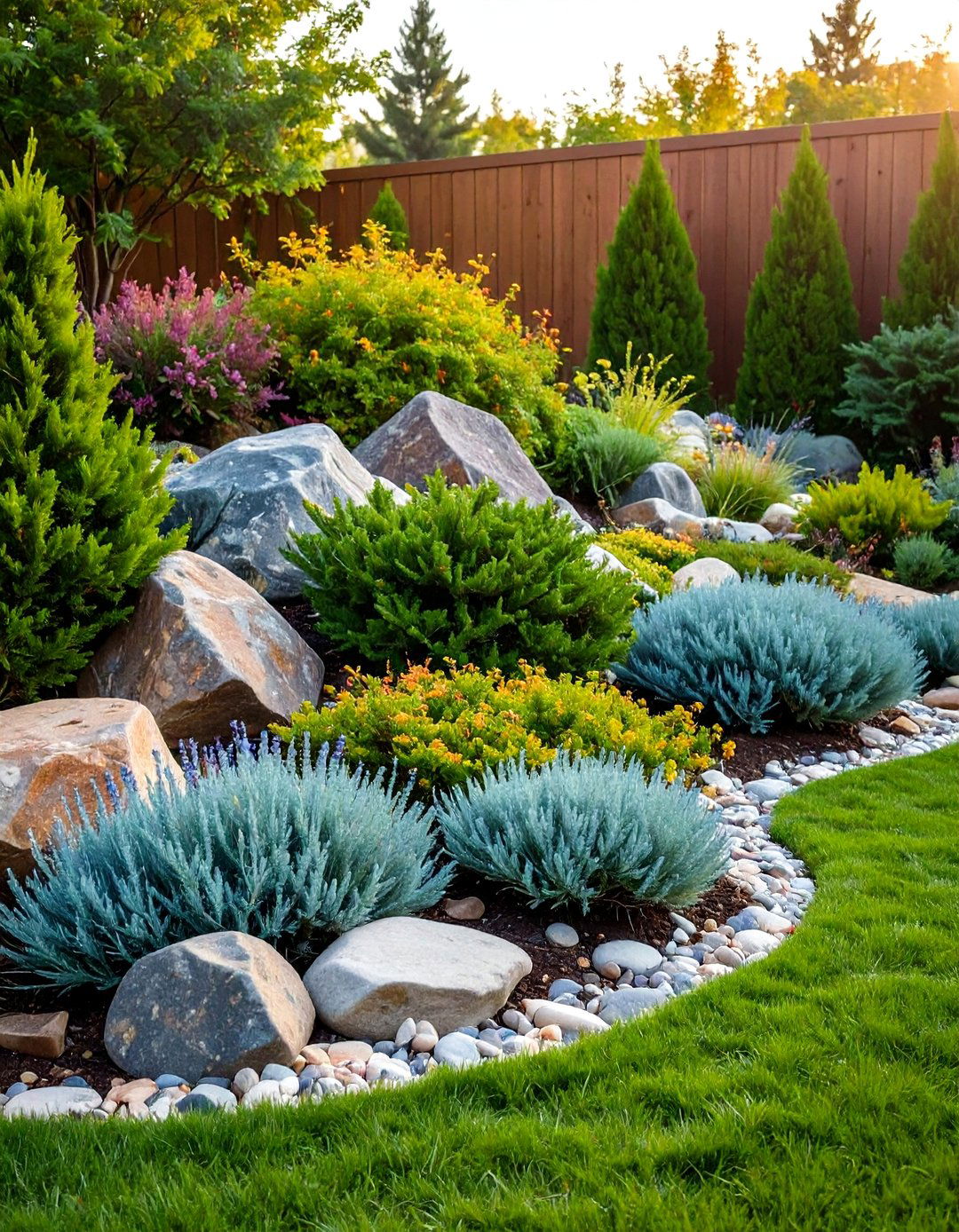
Rocky, sun-baked strips by the driveway beg for hardy plants—enter prostrate or shore junipers that hug stone outcrops, spill over boulders, and perfume the air with resinous foliage that shrugs off drought. Low varieties spread 1–2 m yet stay only 20 cm tall, creating a natural mulch that blocks weeds and erosion. Add a contrasting boulder and a clump of blue fescue, and the vignette looks curated, not neglected. Because junipers tolerate salty spray and poor soils, they’re nearly “impossible to kill,” ideal for low-attention gardeners.
5. Living Carpet of Evergreen Groundcovers
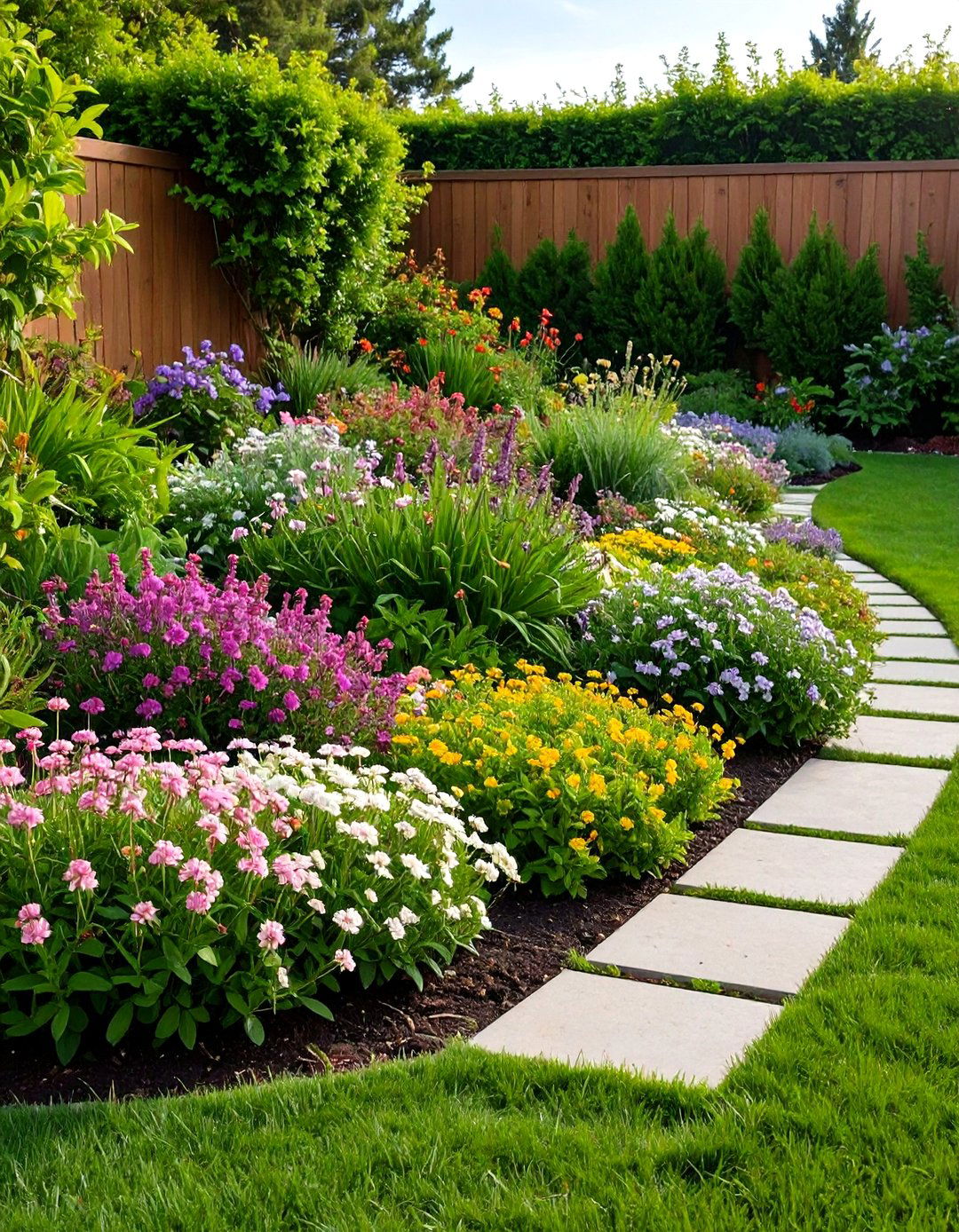
A tapestry of thyme, wall germander, and creeping phlox blankets bare soil with varied leaf textures, suppresses weeds, and provides early nectar for pollinators. Select groundcovers that stay green in your zone—many hold color to -20 °C—then interplant three species so disease can’t race across a monoculture. These carpets diffuse heavy rain, reducing runoff toward the sidewalk, and they never need mowing—just trim back runners after flowering to keep edges crisp.
6. Topiary Guardians at the Pathway
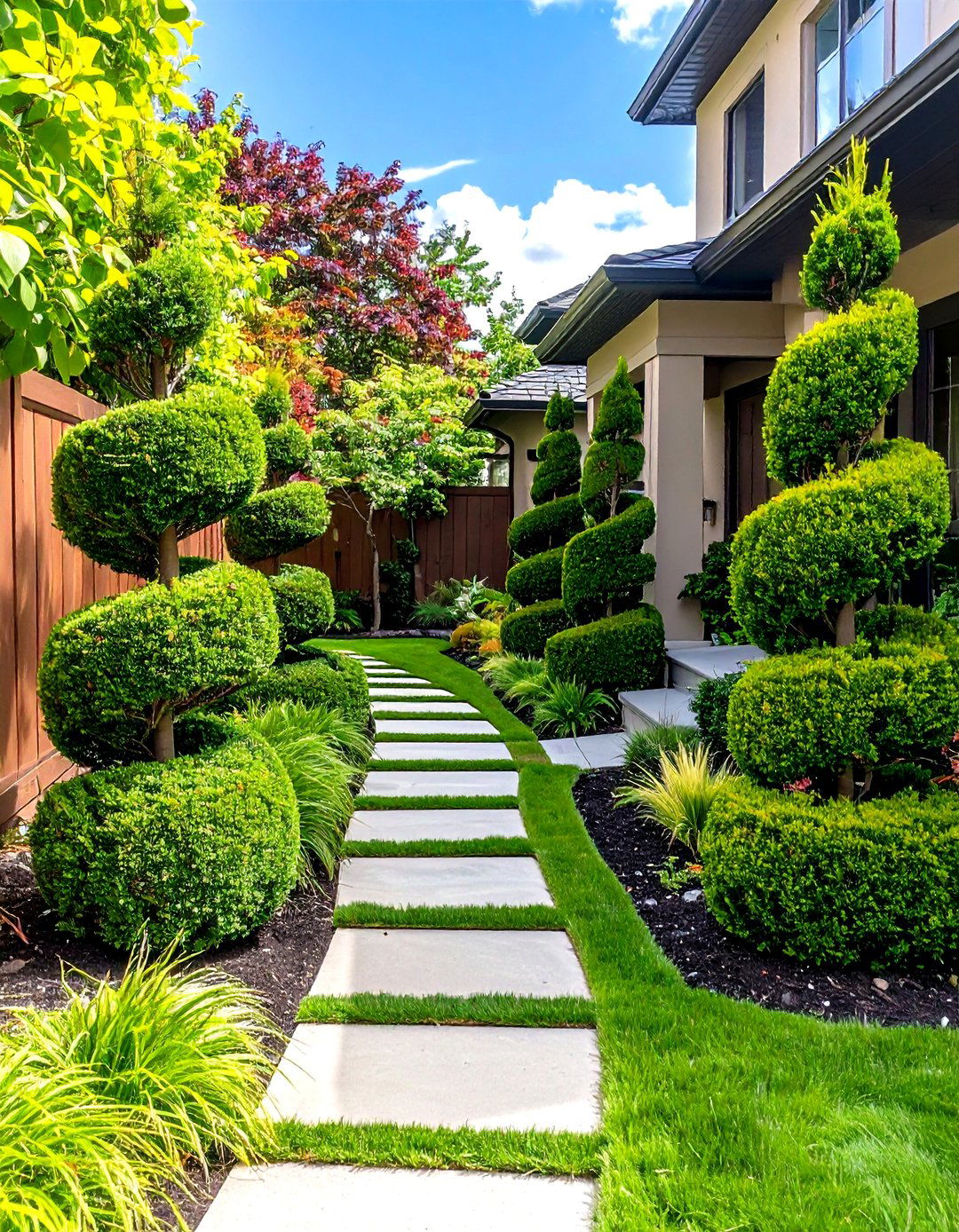
Flanking the front steps with matching spiral or cone topiaries gives year-round punctuation, steering eyes to the entrance even when perennials sleep. Boxwood, Japanese holly, or dwarf yew accept tight clipping and recover quickly if shapes need refining; feed with a slow-release fertilizer in spring to support dense regrowth. For a whimsical twist, underplant with trailing sedge that drapes over containers, softening the formal lines while staying evergreen itself.
7. Needle-and-Leaf Contrast for Evergreen Drama
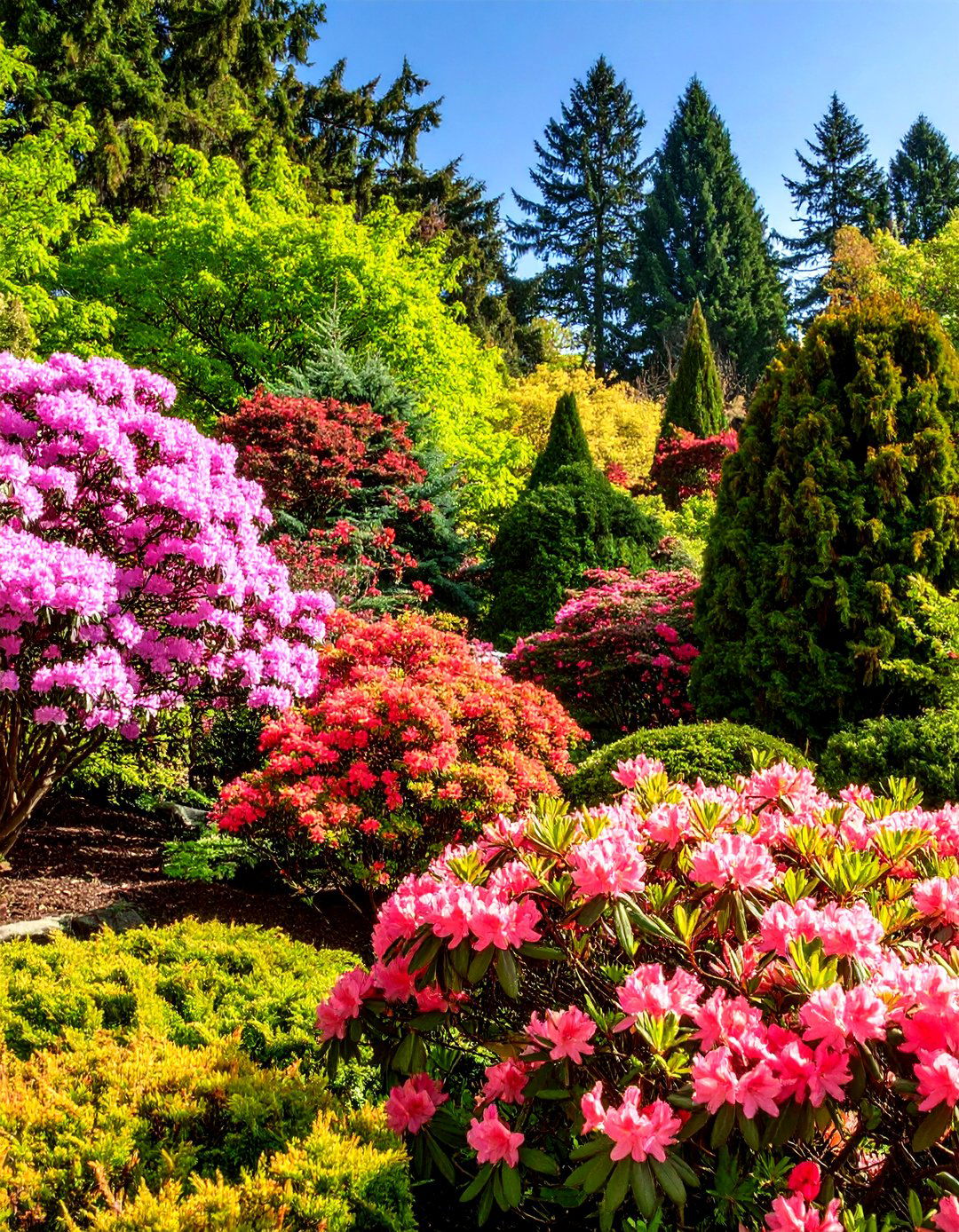
Pair broadleaf evergreens—think shiny rhododendron or cherry laurel—with lacy needled conifers to prevent the “green blob” effect common in mono-plantings. Contrasting textures read clearly from the street and help small yards feel layered. Position the needled specimen (juniper or dwarf cedar) slightly forward so its fine foliage catches light, while the glossy shrub forms a dark backdrop. This simple swap elevates curb appeal and offers wildlife more varied shelter through winter storms.
8. Fragrant Evergreen Shrubs Along the Walk
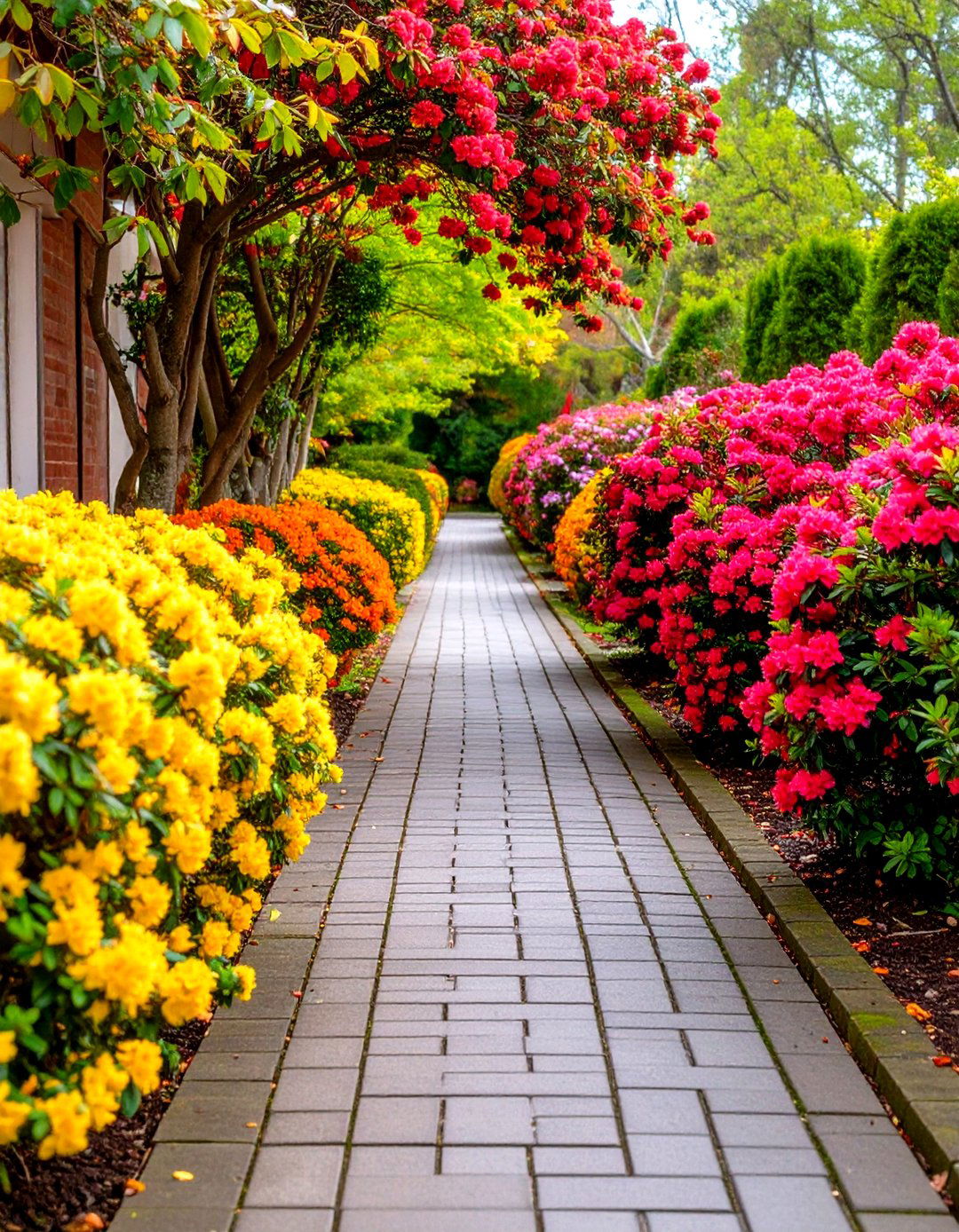
Surprisingly, many evergreens flower: daphne, camellia, and mahonia mingle perfume with visual interest when guests approach. Daphne’s small clusters scent late winter air, mahonia feeds early bees, and fall-blooming sasanqua camellias provide off-season color—all while foliage stays lush. Site them where runoff won’t pool, mulch lightly, and avoid heavy pruning to preserve flower buds along older wood.
9. Shade-Tolerant Rhododendron Foundation Planting
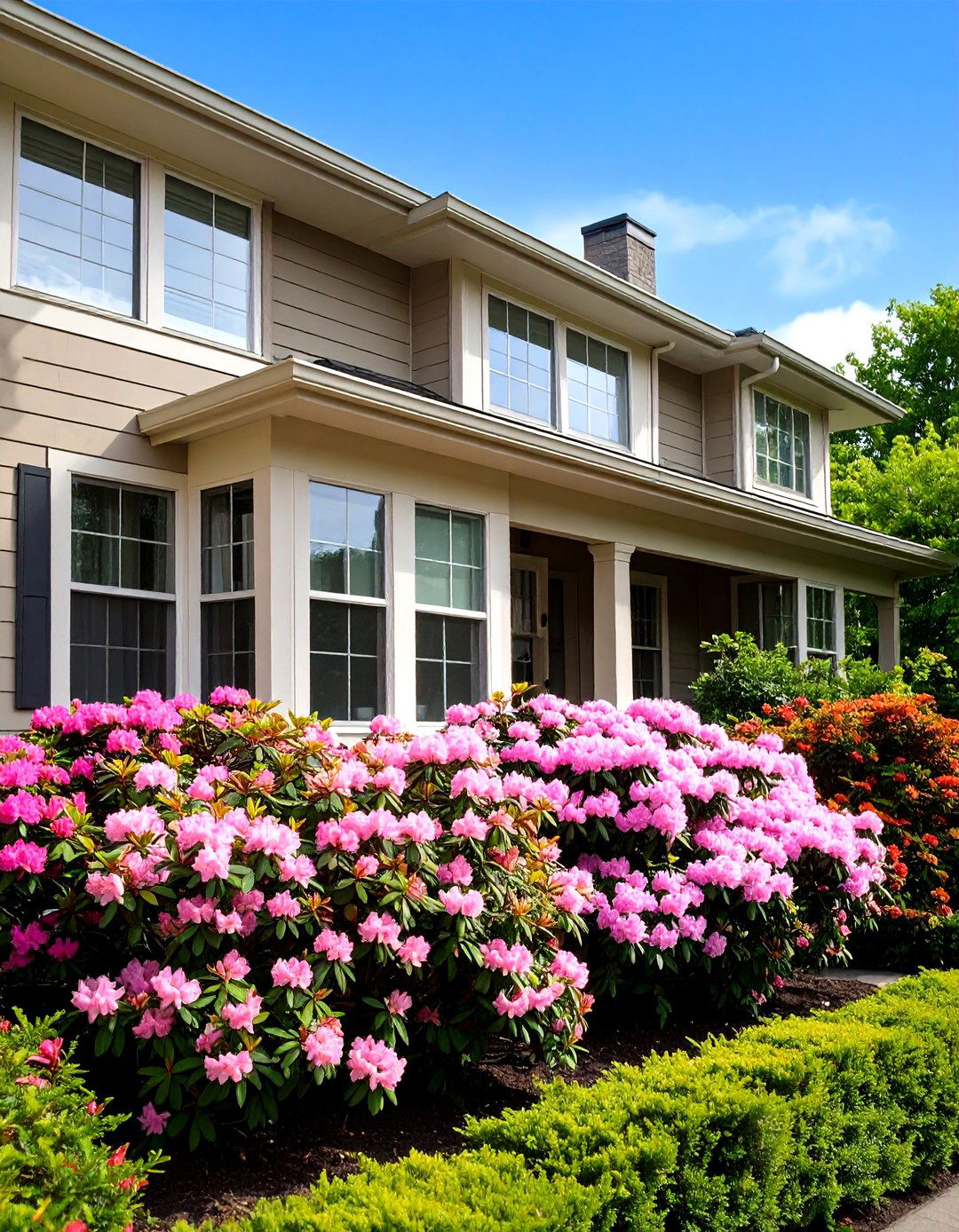
North-facing façades don’t need to be bare. Elepidote rhododendrons handle filtered light and deliver showy spring trusses plus broad evergreen leaves that turn bronze in cold, adding seasonal nuance. Amend planting holes with pine-based compost for the acidic soil they crave, and group three staggered heights for a tiered look under windows. Once established, their leathery foliage reduces water loss, making them lower-maintenance than many believe.
10. Mediterranean-Style Water-Wise Evergreens
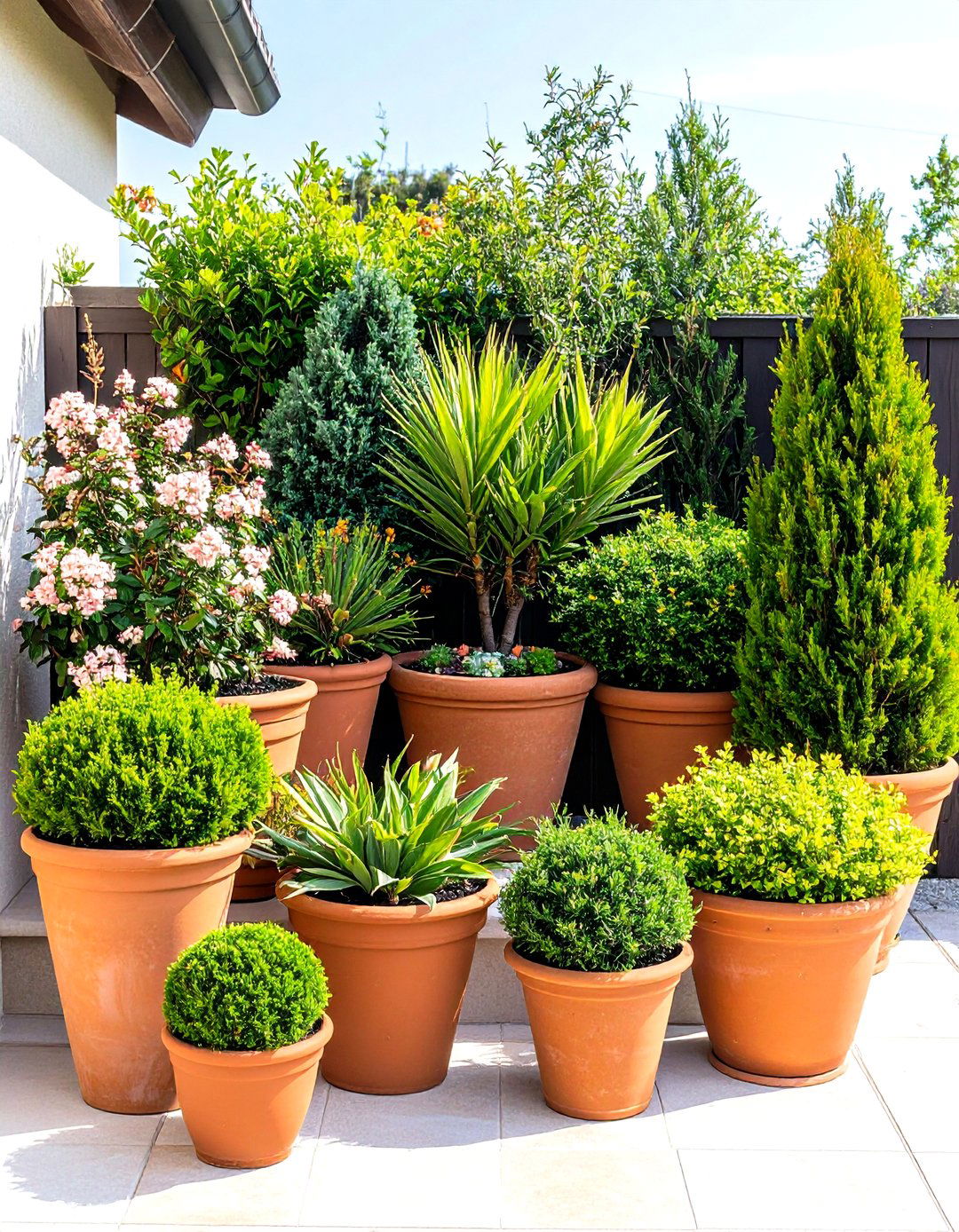
In hot, reflective front yards, drought-tough osmanthus, juniper, and nandina thrive where thirstier shrubs fail. These shrublets boast fragrant blooms or colorful berries yet endure lean soils and baking sun, capturing a relaxed, coastal vibe without constant watering. Mulch with gravel to emphasize the dry-garden aesthetic and reflect heat away from roots, then accent with a terracotta pot for a cohesive theme.
11. Slender Columnar Evergreens for Tight Spots
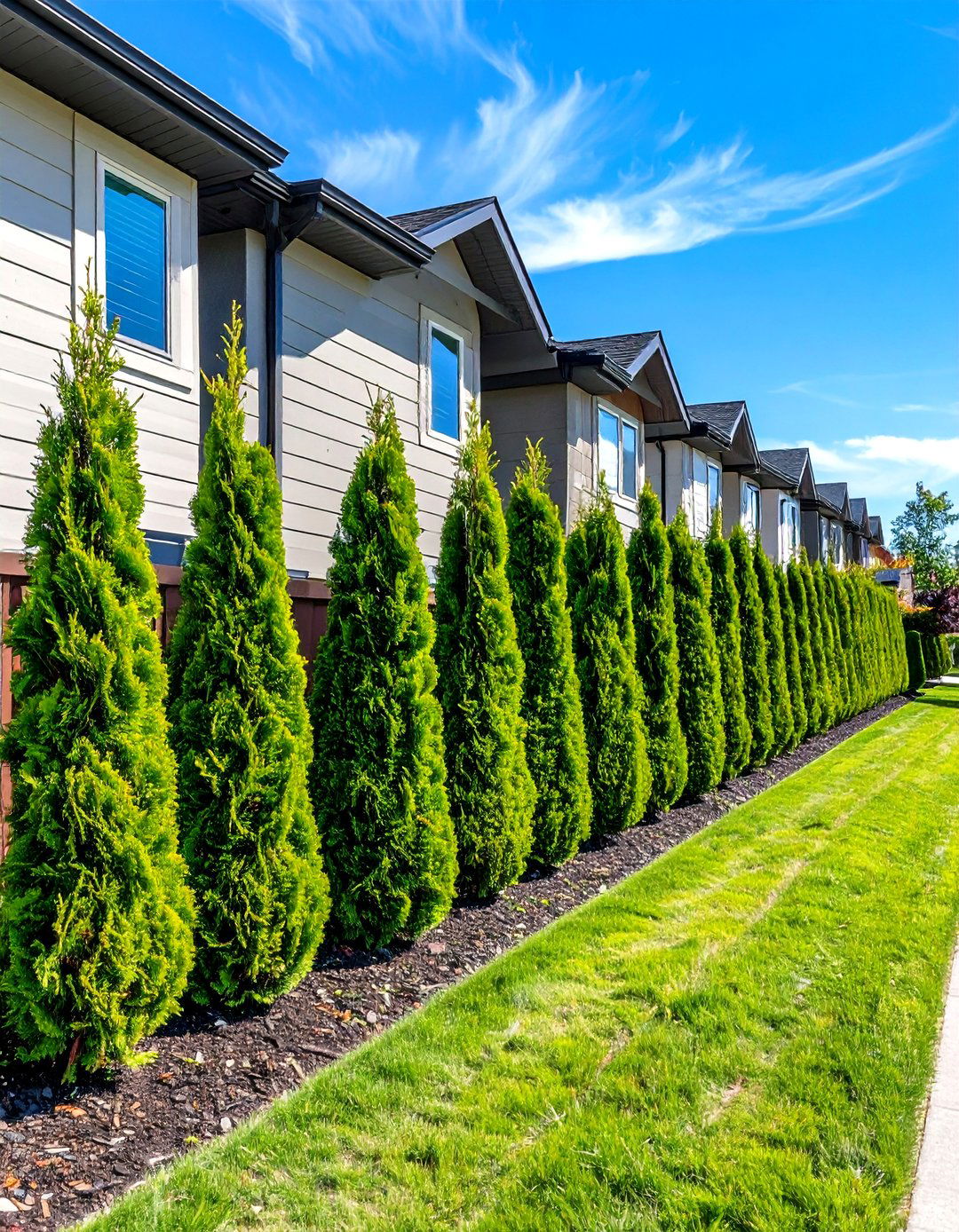
Sky Pencil holly, ‘Blue Arrow’ juniper, or ‘North Pole’ arborvitae shoot upward while staying under 60 cm wide—perfect between driveways and property lines. Line three along a narrow strip to create a modern, vertical rhythm that visually widens the house by drawing eyes skyward. Because airflow is better than in broad hedges, pests are fewer; trim wandering tips each summer to preserve the sleek silhouette.
12. Evergreen Ornamental Grasses as Winter Sculpture
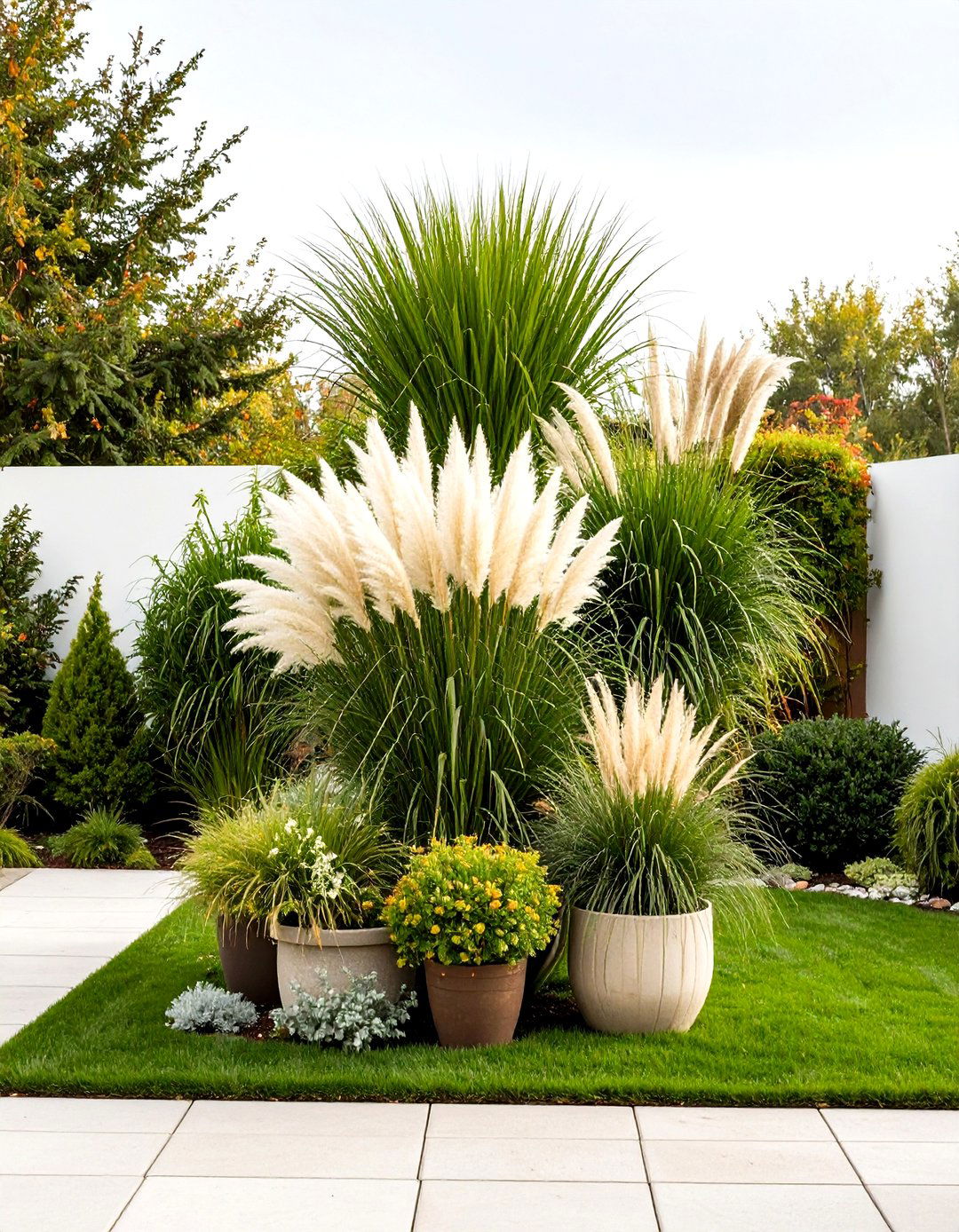
Feather reed grass, miscanthus, and dwarf pampas keep bronze plumes standing tall after frost, adding height and movement when gardens lie flat. Plant a trio behind a low hedge so plumes peek over greenery, and resist cutting them back until early spring—snow-capped seed heads look magical and offer birds shelter. Grasses also wick excess moisture from heavy winter soils, protecting nearby shrub roots.
13. Pollinator-Friendly Evergreen Corner
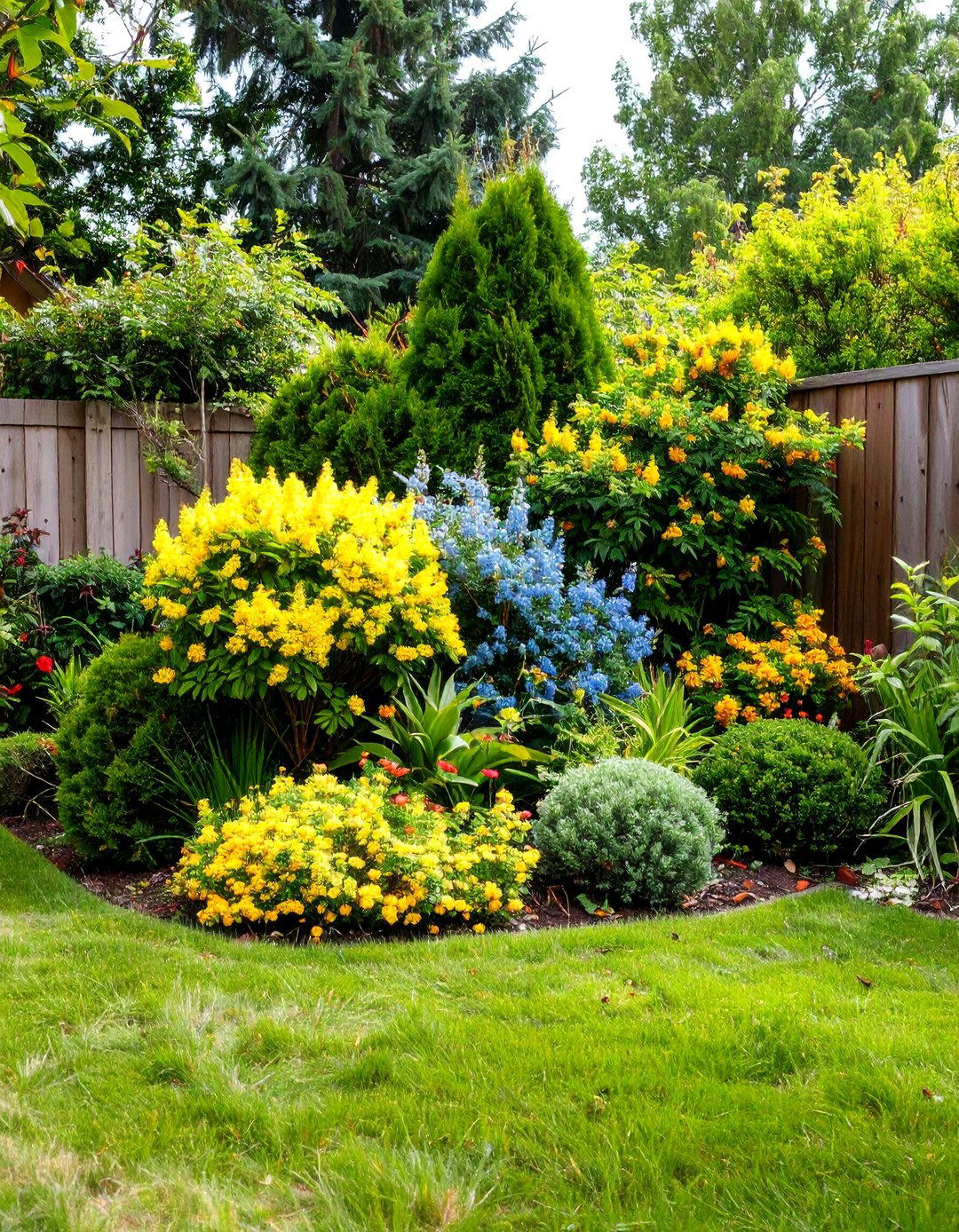
Juniper, mahonia ‘Soft Caress’, and osmanthus deliver nectar or berries that support bees and birds while retaining foliage. Cluster them near a seating area to enjoy wildlife visits; their deeper roots mean less watering than annual flower beds, and the evergreen canopy shields overwintering insects in leaf litter below.
14. Layered Heights for Four-Season Curb Appeal
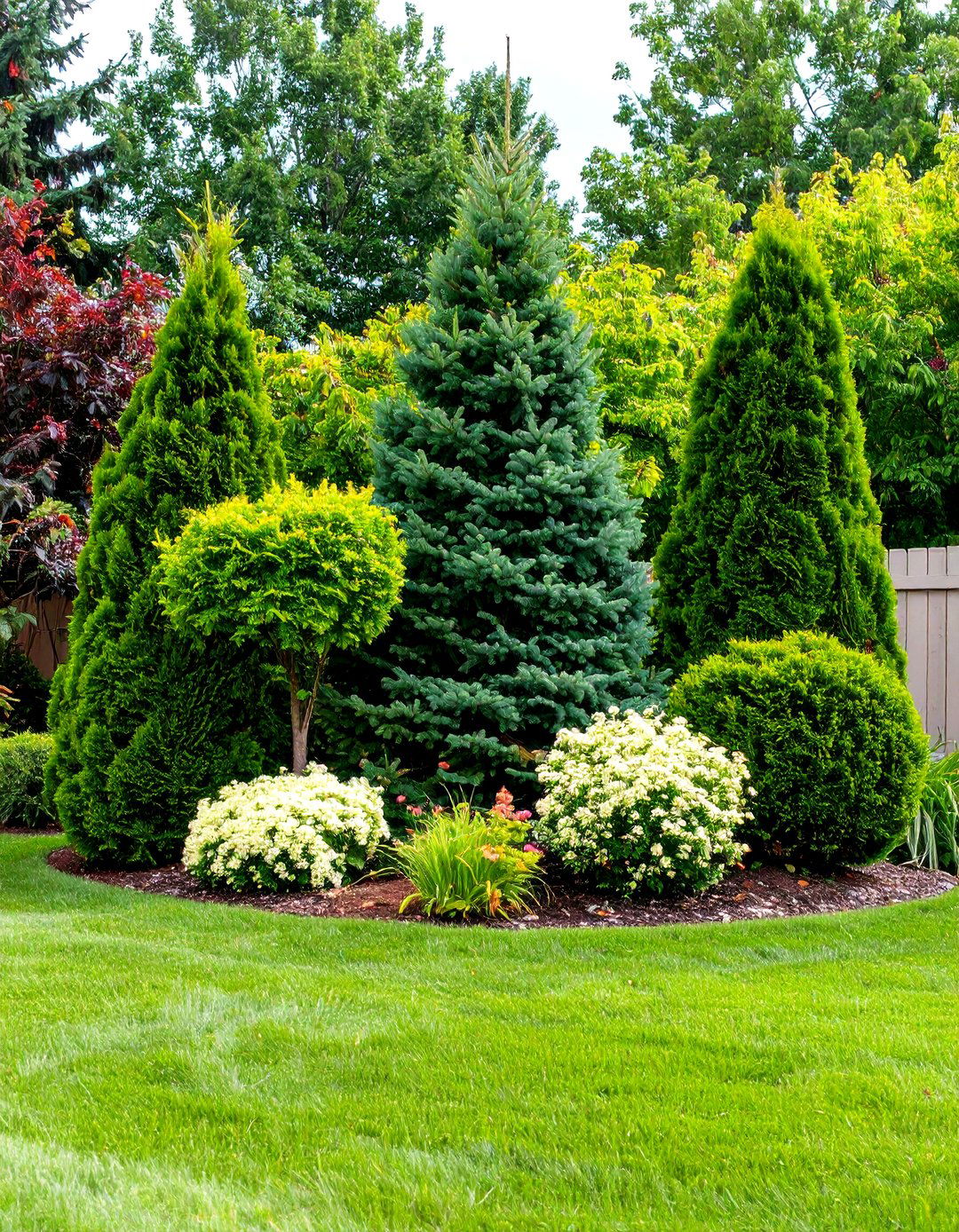
Combine a towering white spruce, mid-story yew, and knee-high tater-tot arborvitae for a gentle stair-step effect that guides the eye from house peak down to lawn. The key is overlap: let lower plants tuck 30 cm beneath higher canopies so layers read as one composition rather than separate blobs. Finish with mulch to unify the grouping and conserve moisture.
15. Deer-Resistant Evergreen Palette
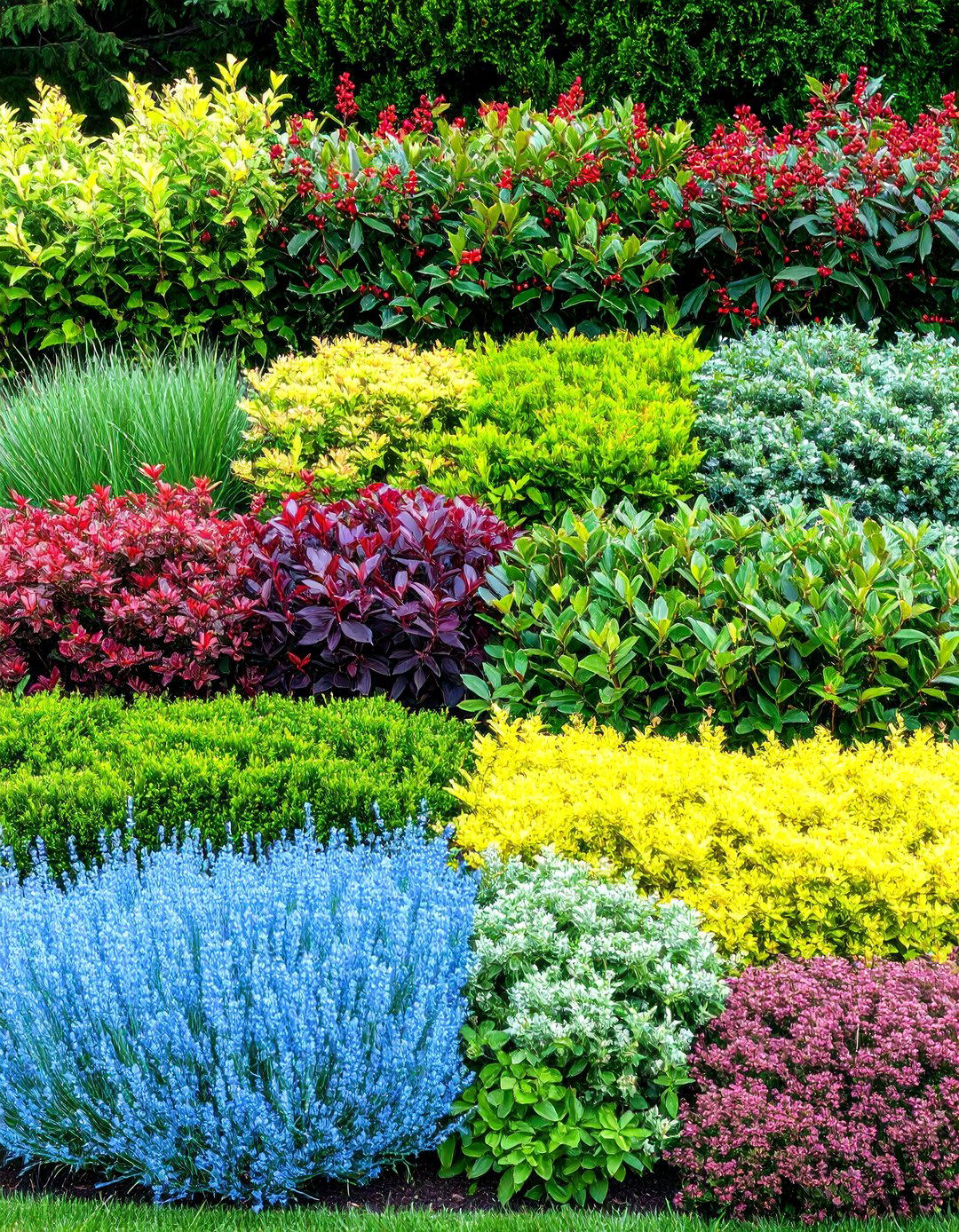
If browsing is rampant, reach for American holly, bayberry, or blue fescue—each rated “rarely damaged” by extension trials—so you can garden without cages. Mix species with differing scents and textures; deer are less likely to sample unfamiliar combos. Supplement with motion-activated lights until shrubs mature their tougher leaves.
16. Berry-Bearing Hollies for Four-Season Color
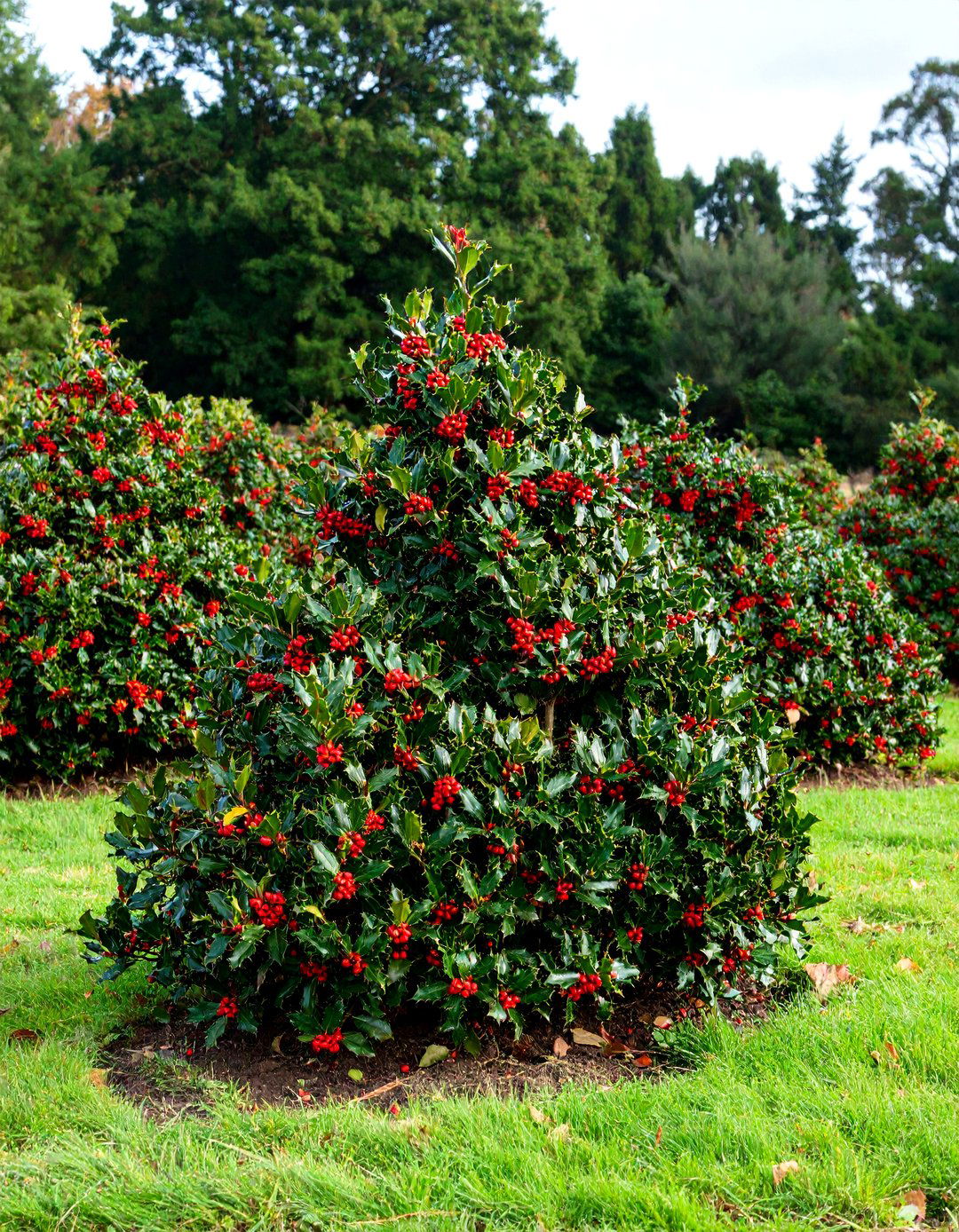
A pair of ‘Castle Keep’ blue hollies delivers glossy green leaves plus red berries that persist well into February, feeding birds and sparking winter interest against snow. Site a male pollinator within 15 m for reliable fruit set, and prune only in late winter to avoid removing flower buds.
17. Variegated Sedge Groundcover Glow
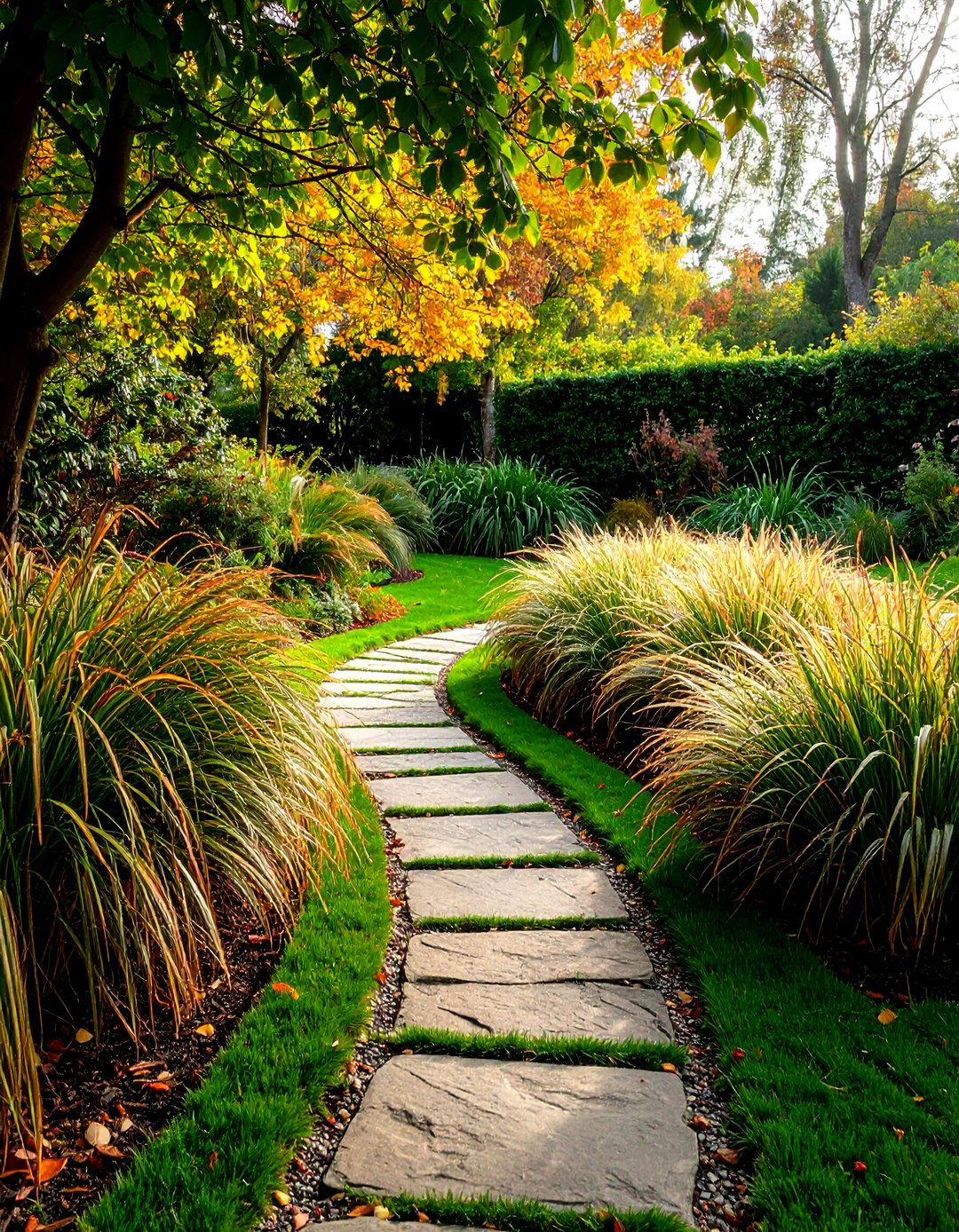
Carex EverColor ‘Everest’ spreads gently into a luminous, ribbon-leaf mat that brightens shade, tolerates wet feet, and resists deer nibbling. Use it to edge paths where turf struggles, and allow fallen camellia petals to settle on the striped foliage for a ready-made color contrast. Shear once in early spring to encourage fresh growth.
18. Sculpted Spiral and Pyramid Topiaries

For an architectural accent, prune boxwood or yew into spirals and cones, then under-light them with low-voltage LEDs so shapes glow after dusk. Regular monthly trims during the growing season keep outlines crisp; spray pruners with alcohol between plants to prevent disease spread. Containerized forms can migrate to the patio for holiday décor, proving evergreen investment lasts beyond the front yard.
19. Box Honeysuckle Low-Hedge Alternative
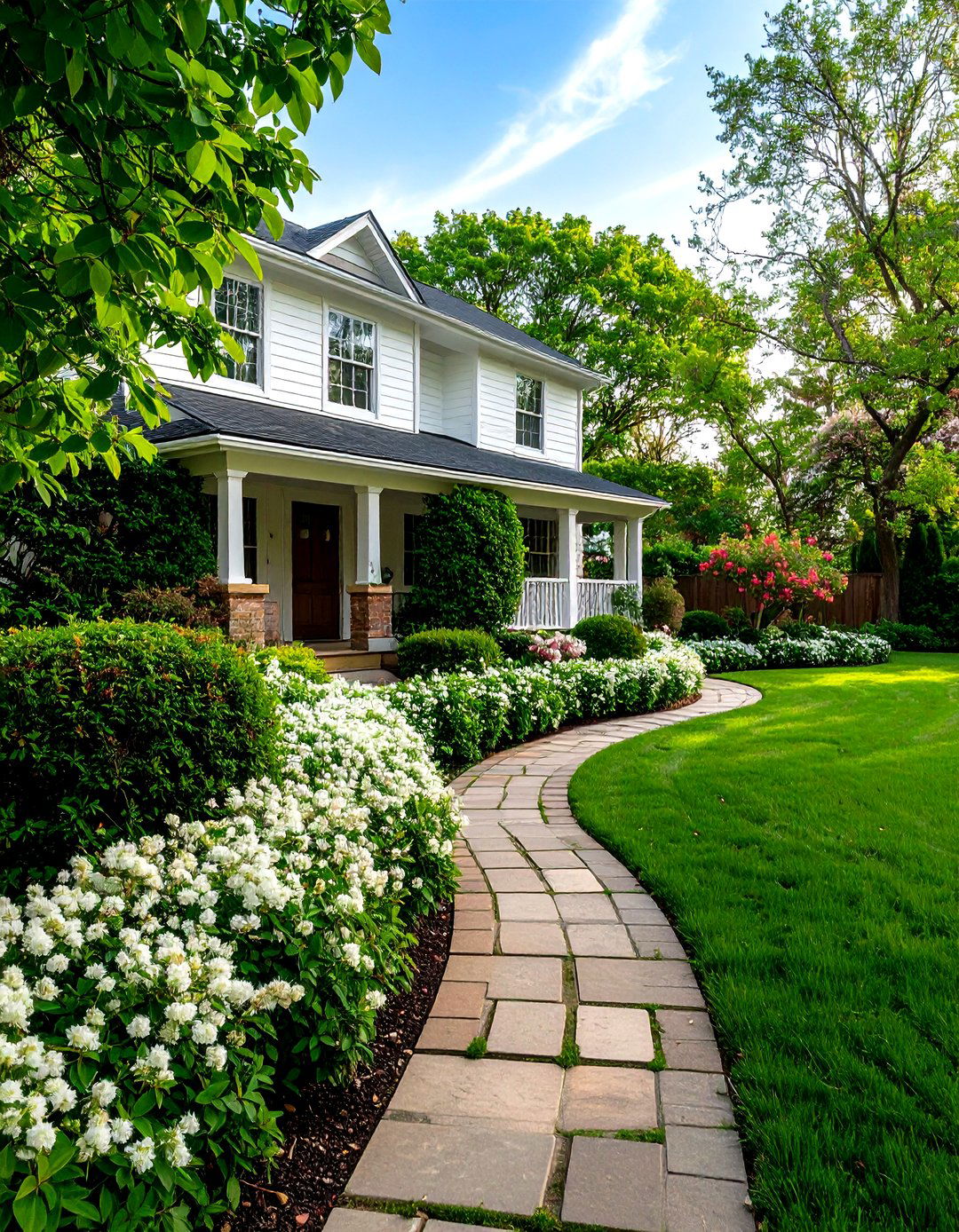
Where boxwood diseases loom, box honeysuckle (Lonicera nitida) steps in with tiny glossy leaves, quick recovery from shearing, and high shade tolerance. Cultivar ‘Baggesen’s Gold’ even adds chartreuse sparkle that pops against darker foliage. Clip twice a season for a tight, 30 cm knot-garden edge, and enjoy its bonus fragrant white flowers in late spring.
20. Sculptural Dwarf Pine Focal Point
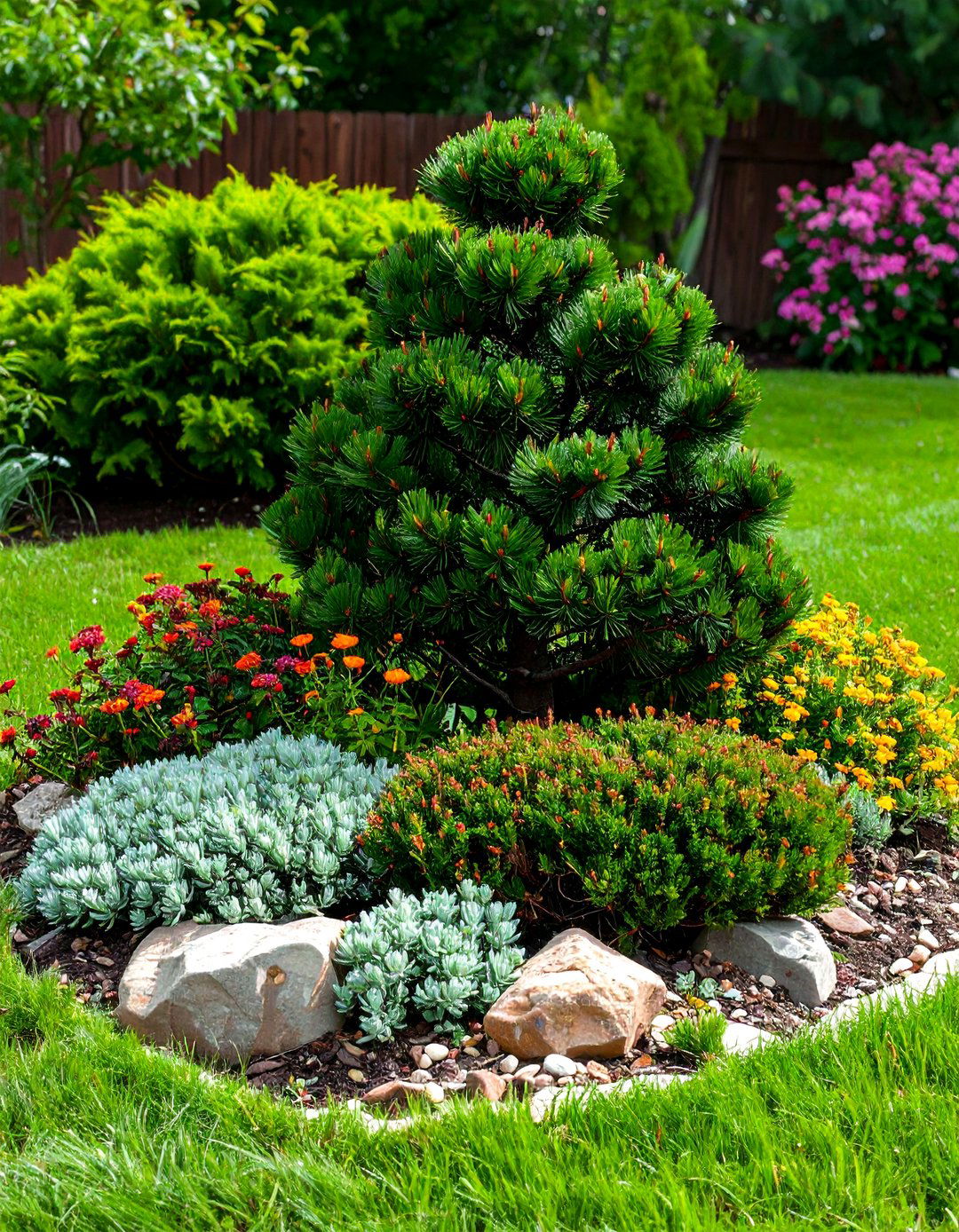
Plant a grafted tree-form mugo pine or ‘Slowmound’ dwarf Scotch pine near the mailbox for an instant bonsai effect that never outgrows its welcome. These compact conifers mature at 1 – 1.2 m tall and bring rugged character with minimal pruning—just remove competing candles in June to preserve the shape. Underplant with sedum for a low-water, textural duet that reads as a living sculpture from the street.
Conclusion:
Evergreen design succeeds when each plant is chosen for more than color—think shape, scent, wildlife value, and resilience. By layering dwarf conifers with fragrant shrubs, punctuation topiaries, and living carpets beneath, you create a front yard that looks intentional in every season, needs little upkeep, and welcomes both neighbors and pollinators year-round. Pick the ideas that suit your site, combine them with mindful spacing, and watch curb appeal stay beautifully green long after deciduous gardens fade.


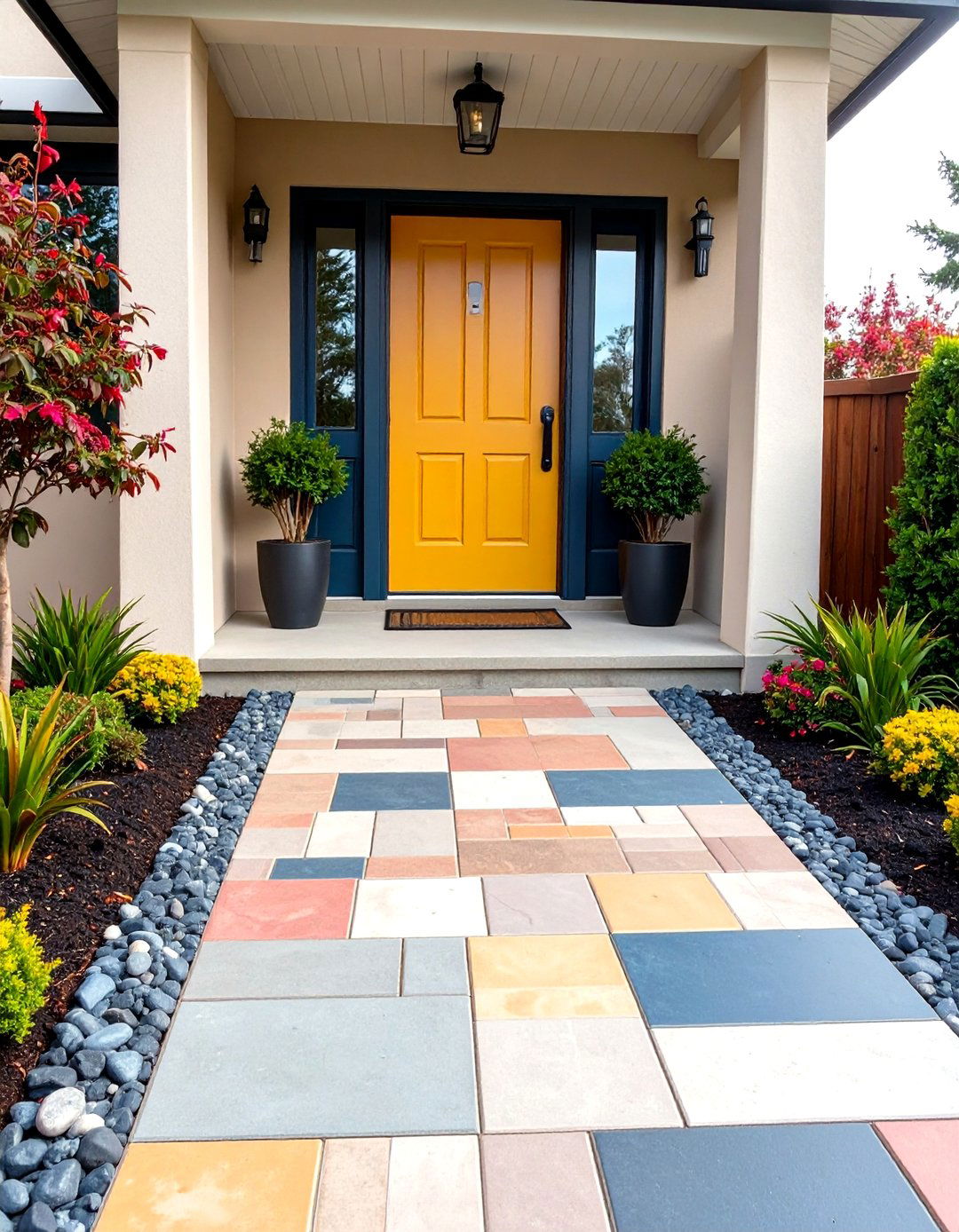
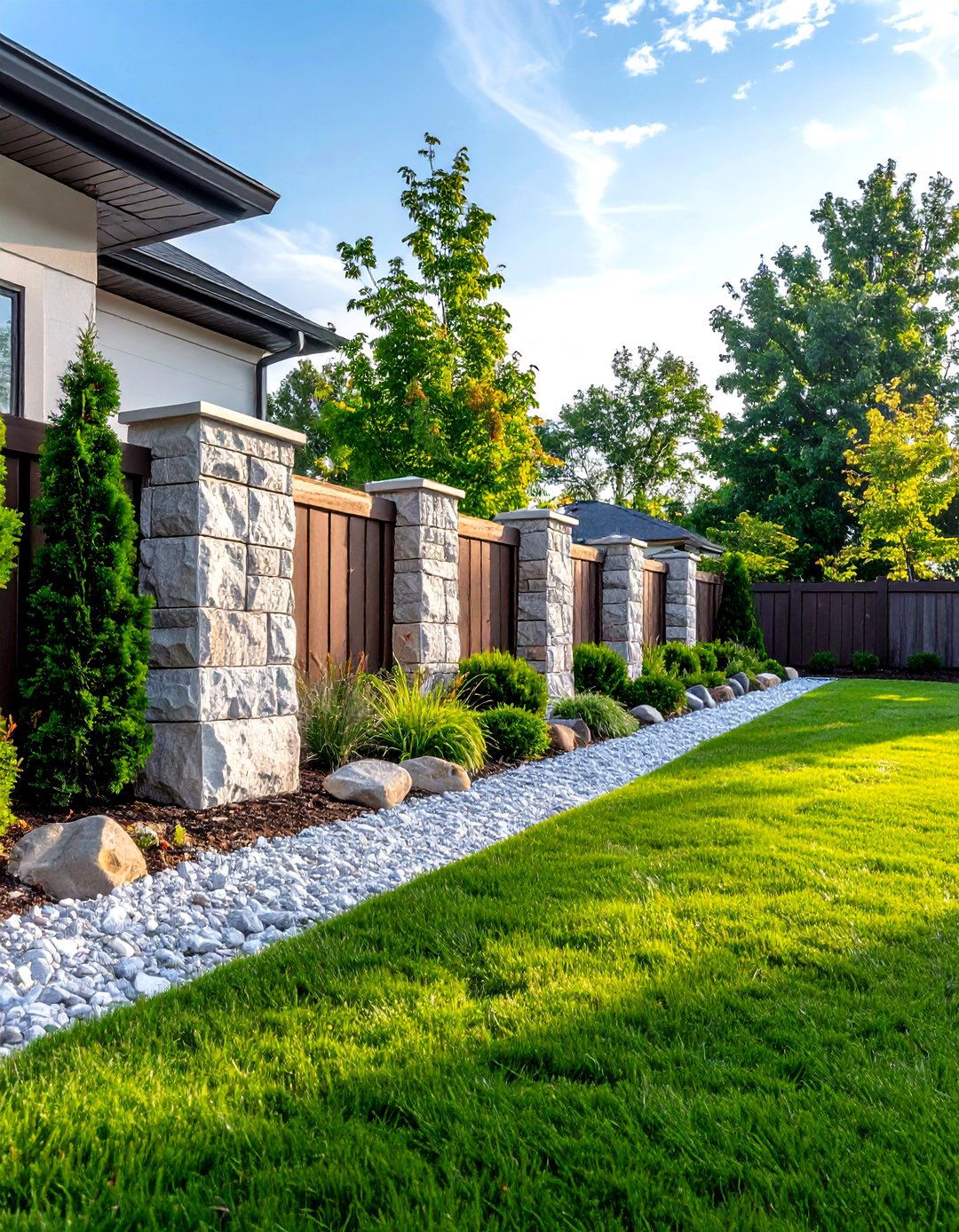
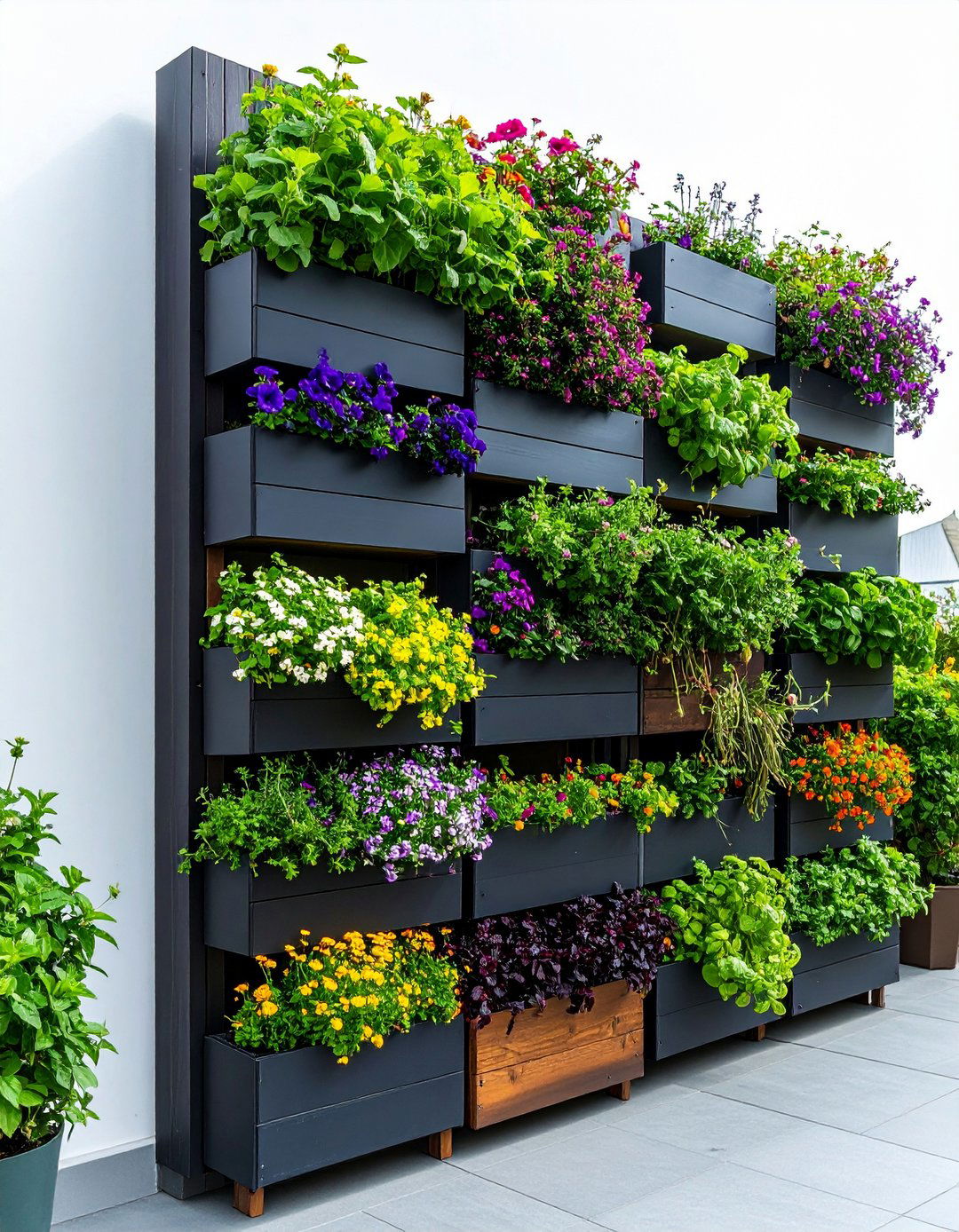
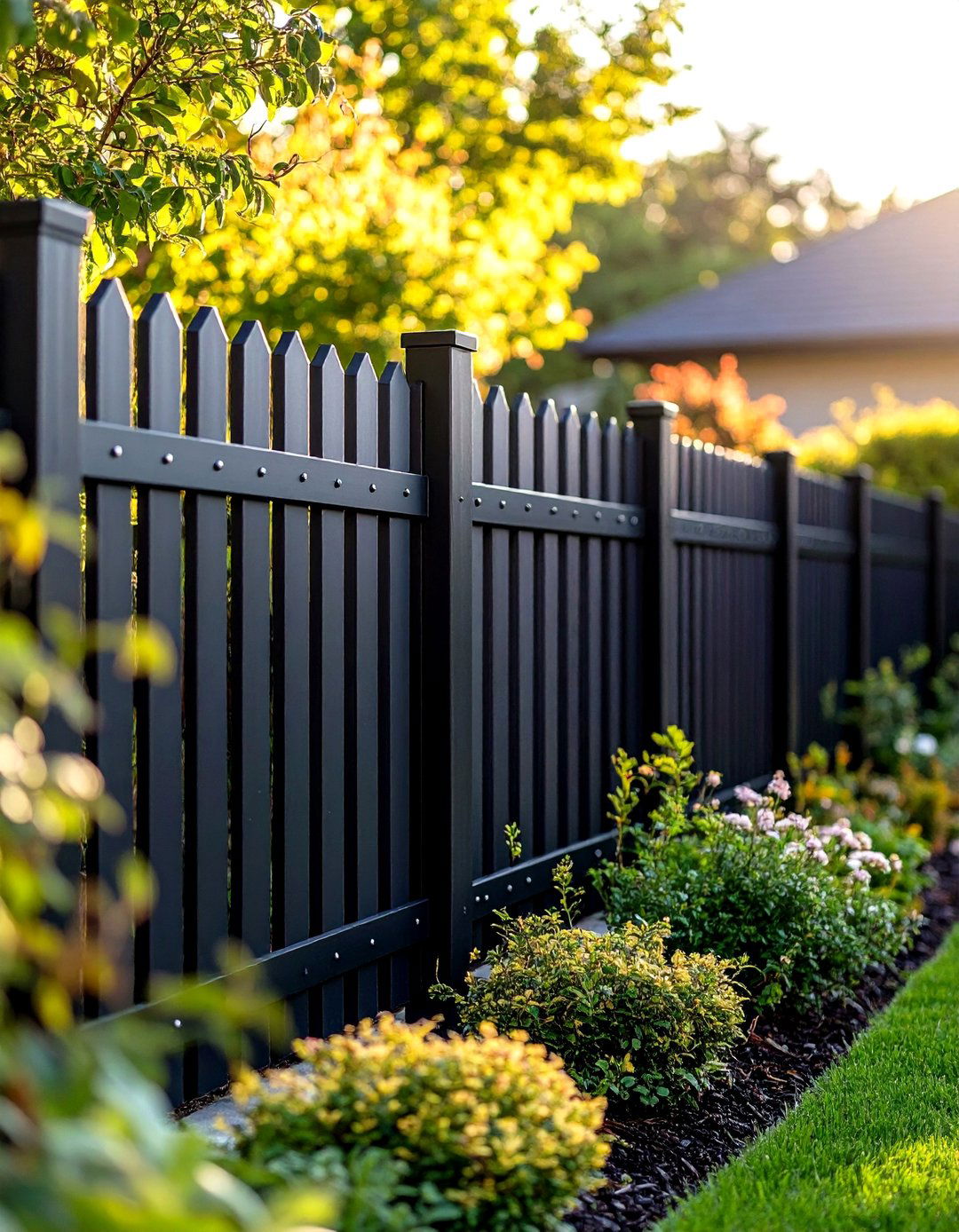
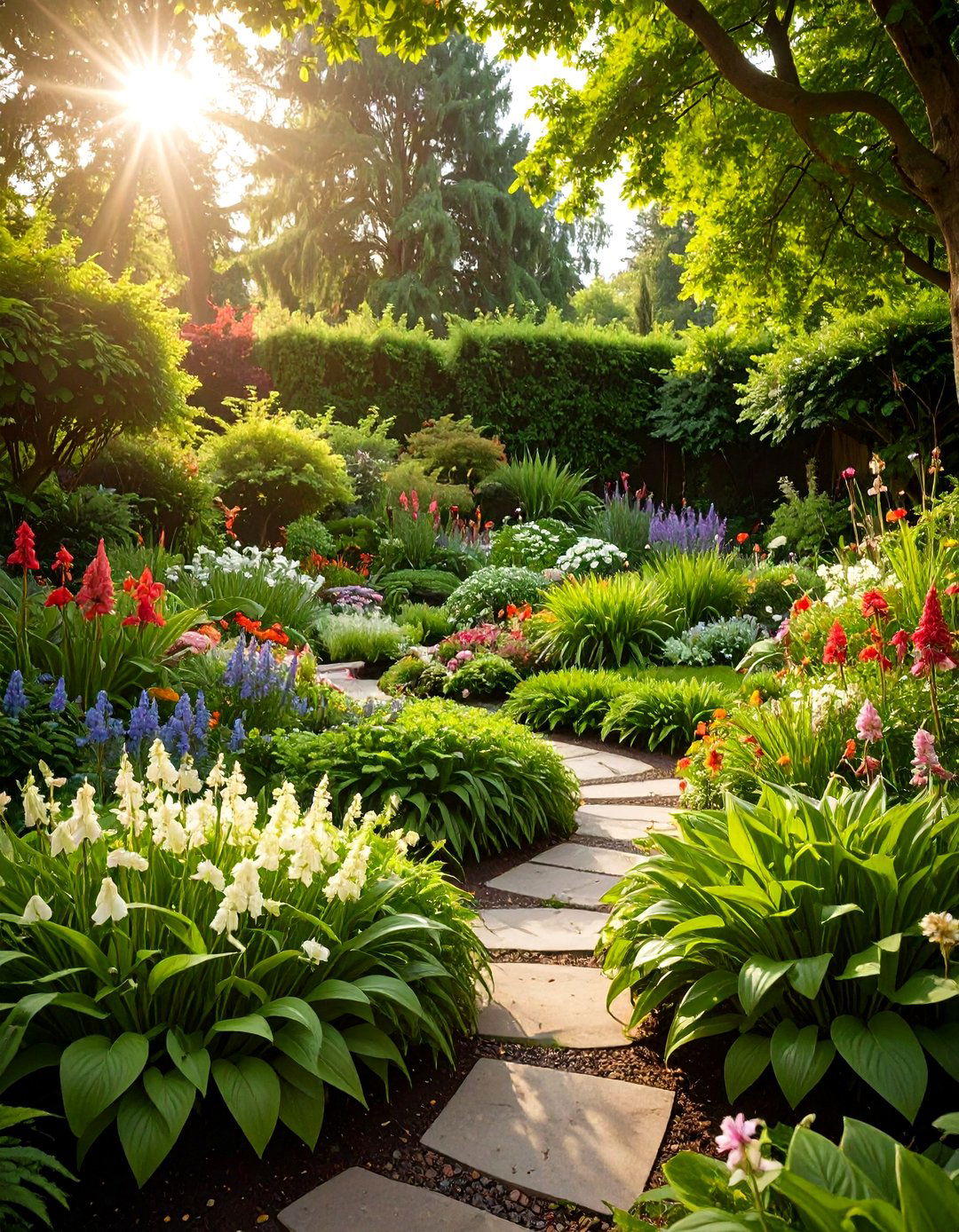
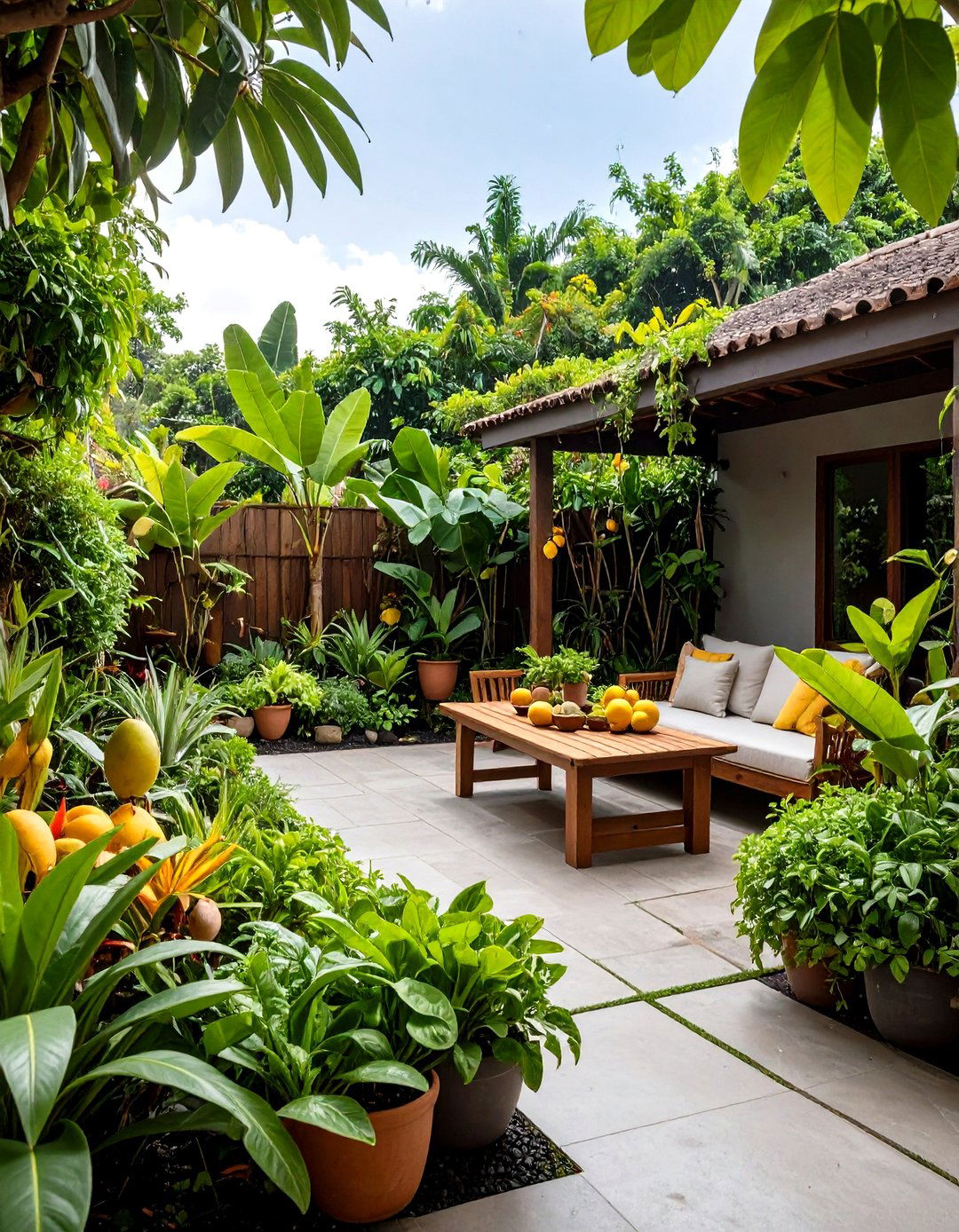
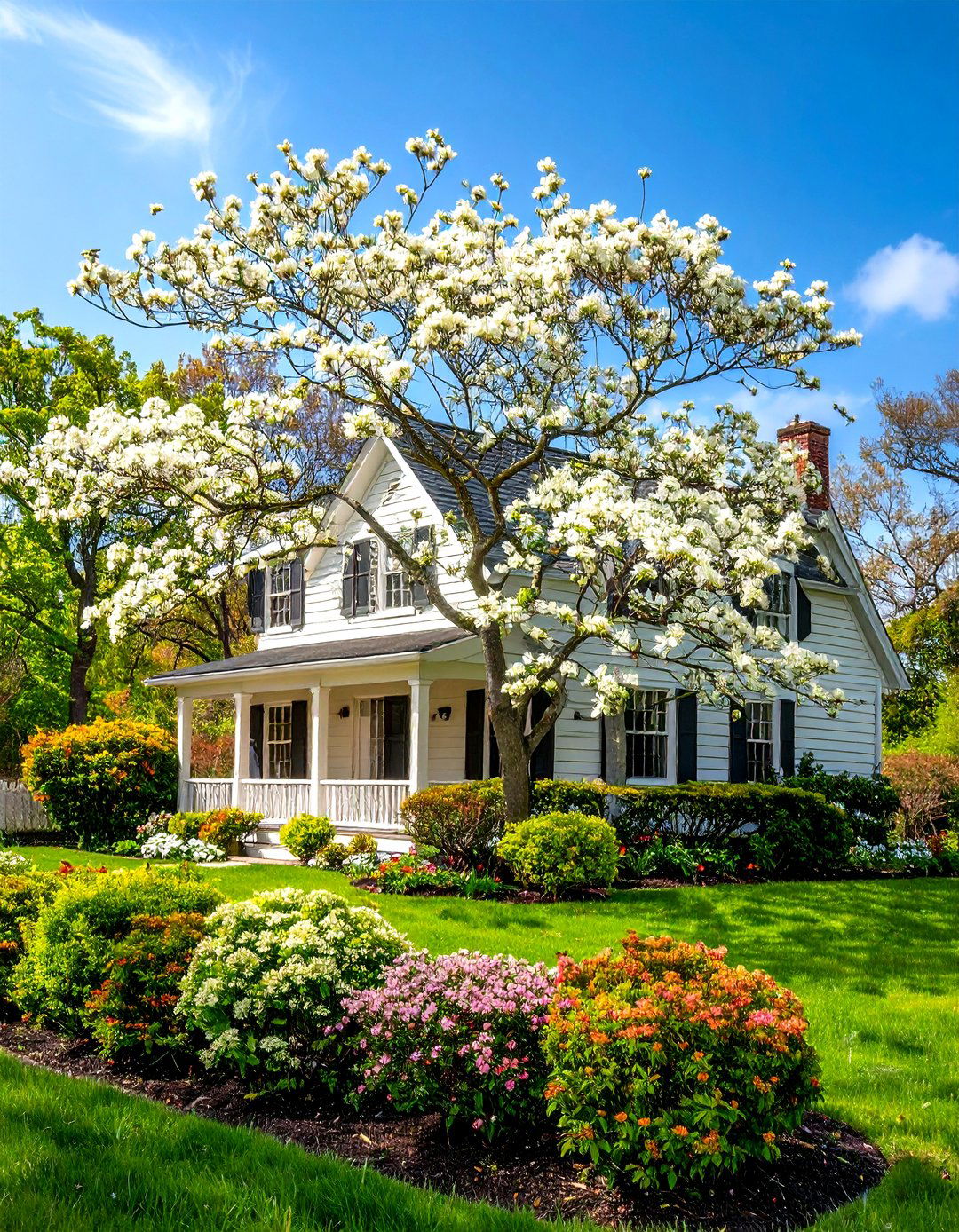
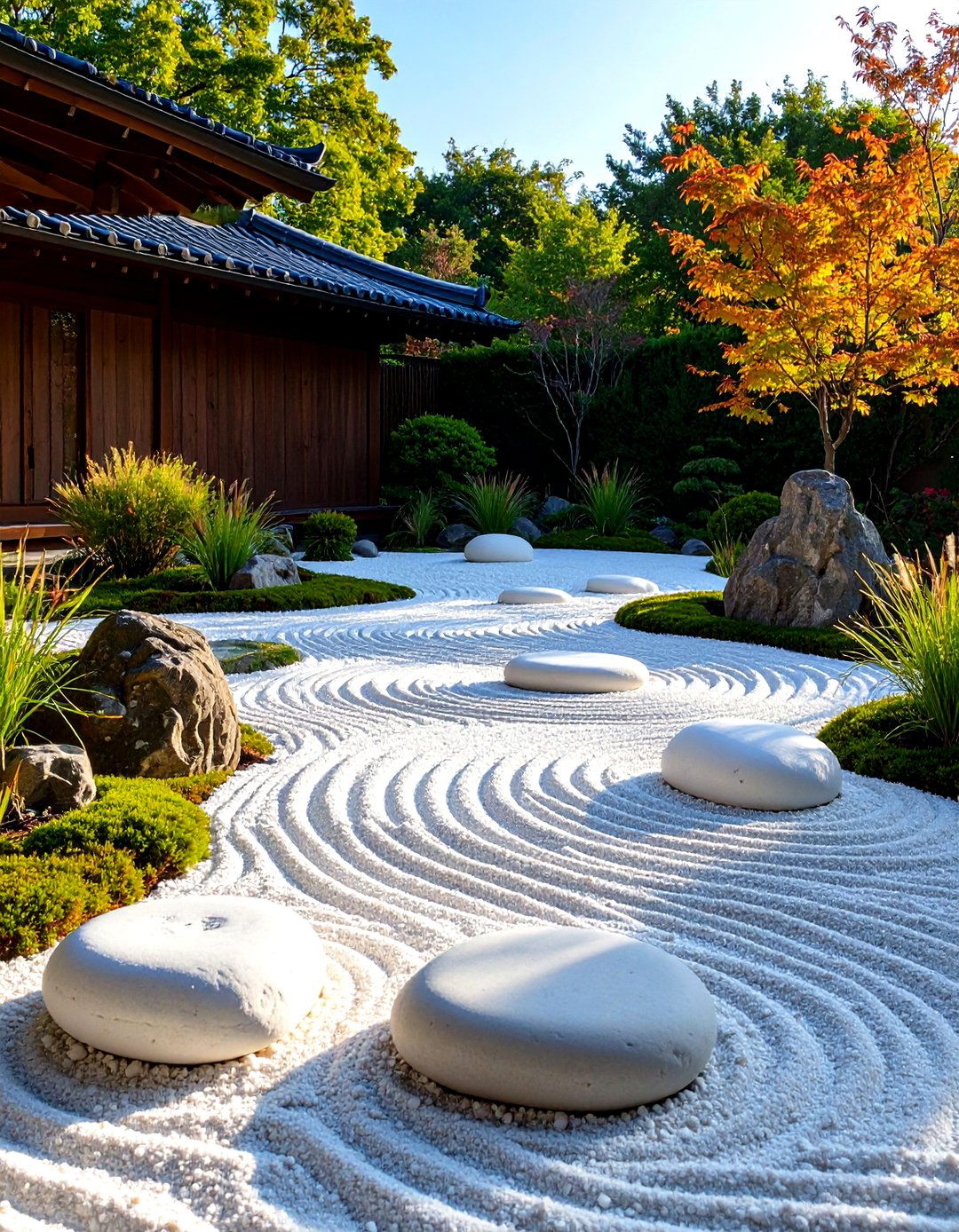
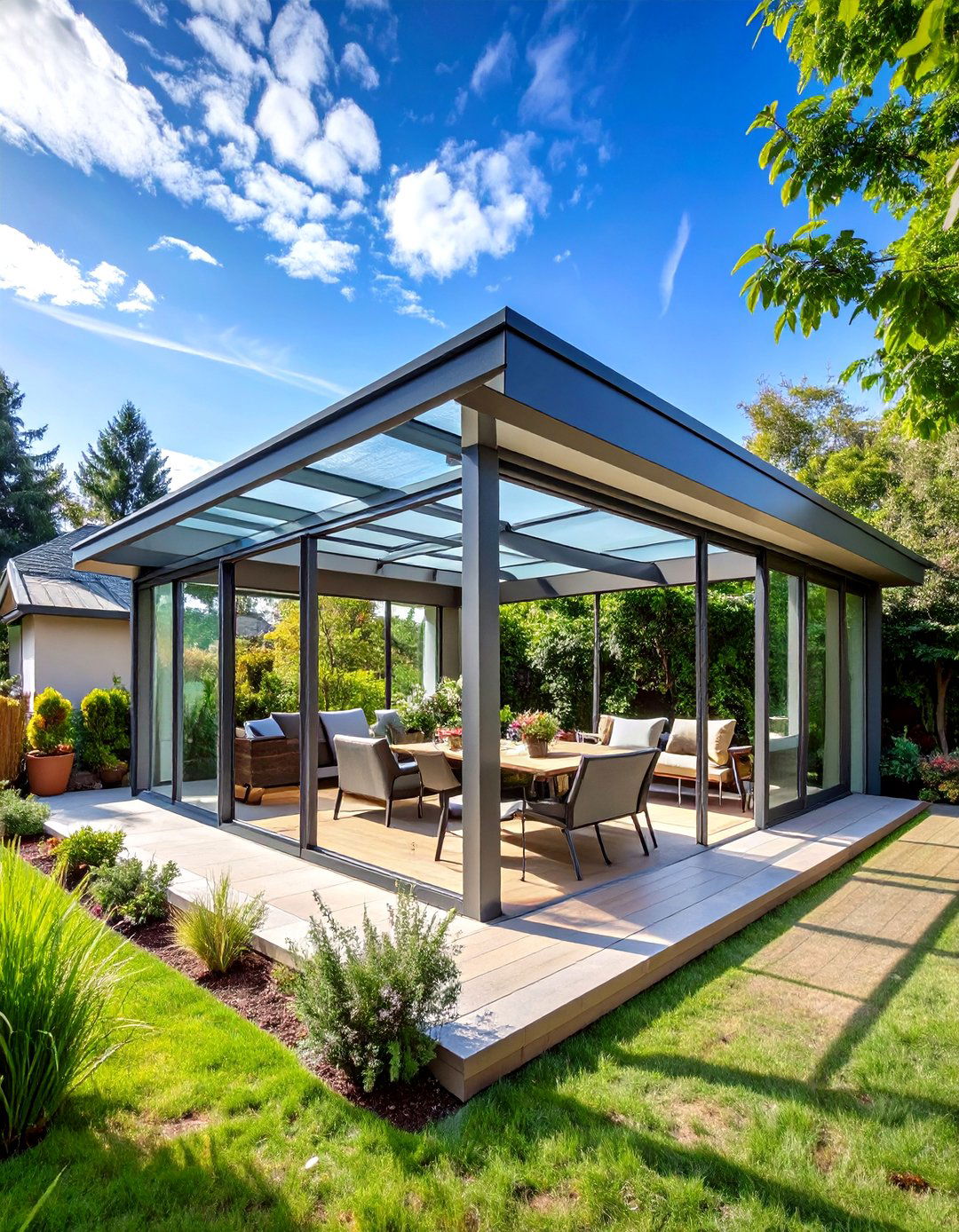
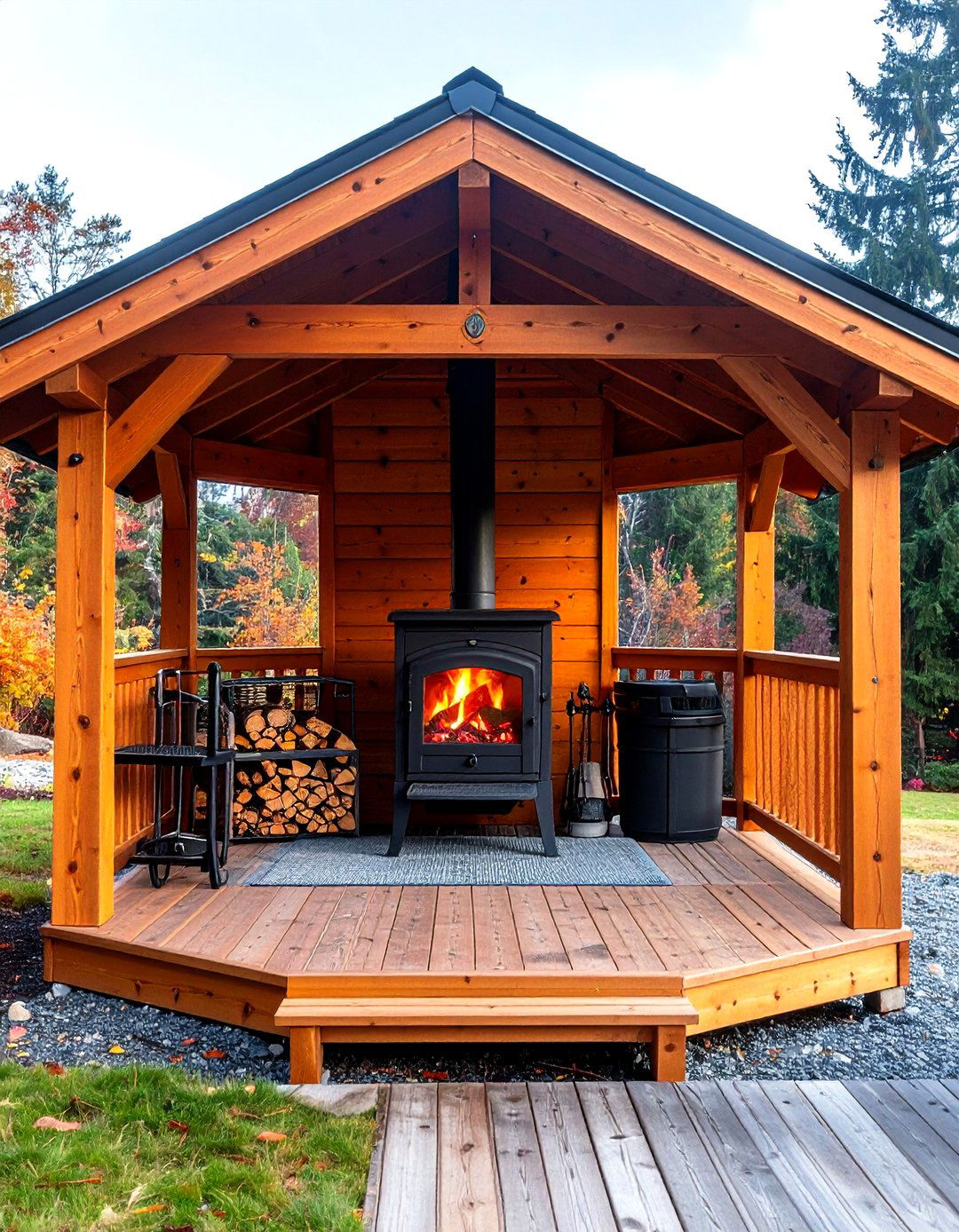
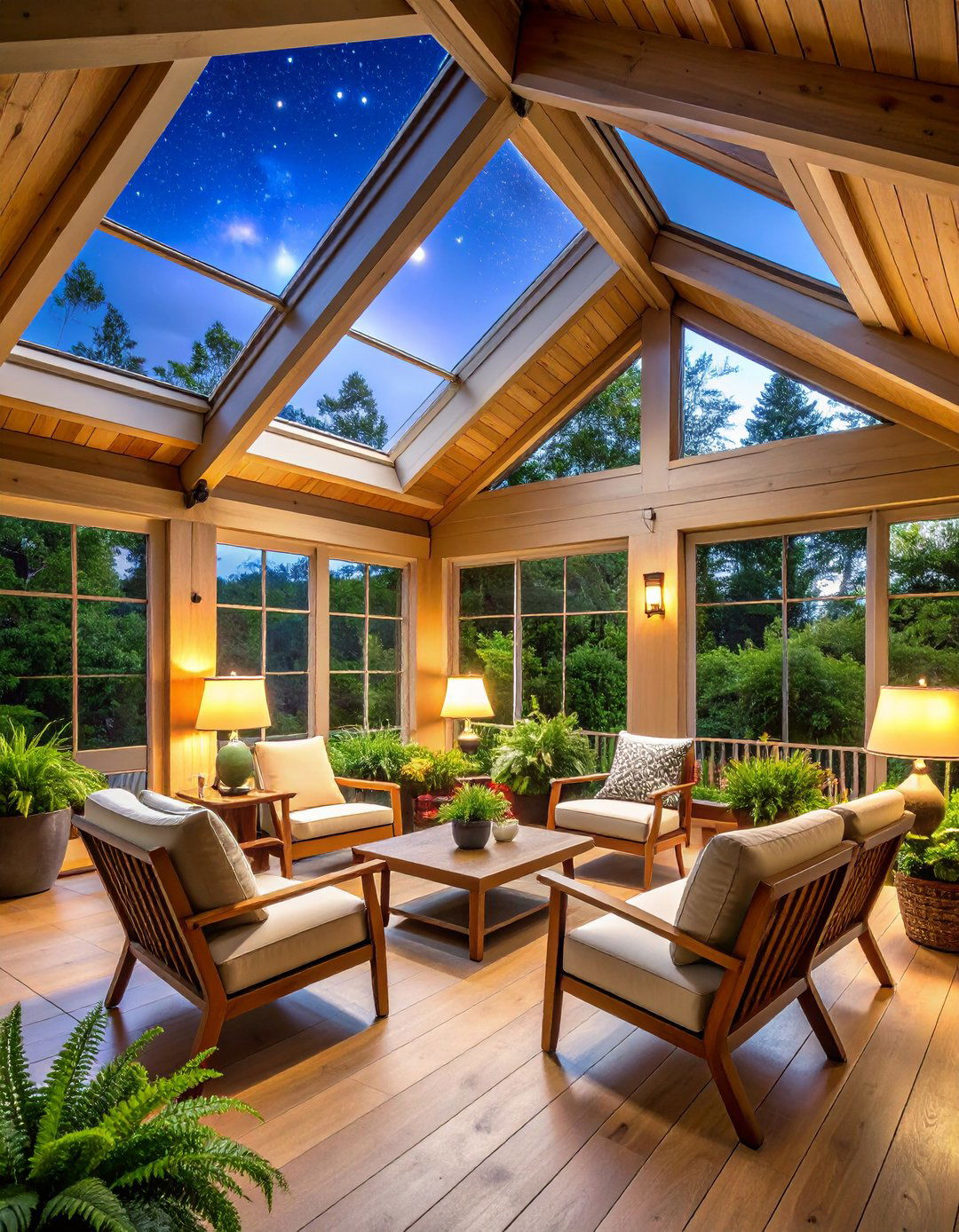
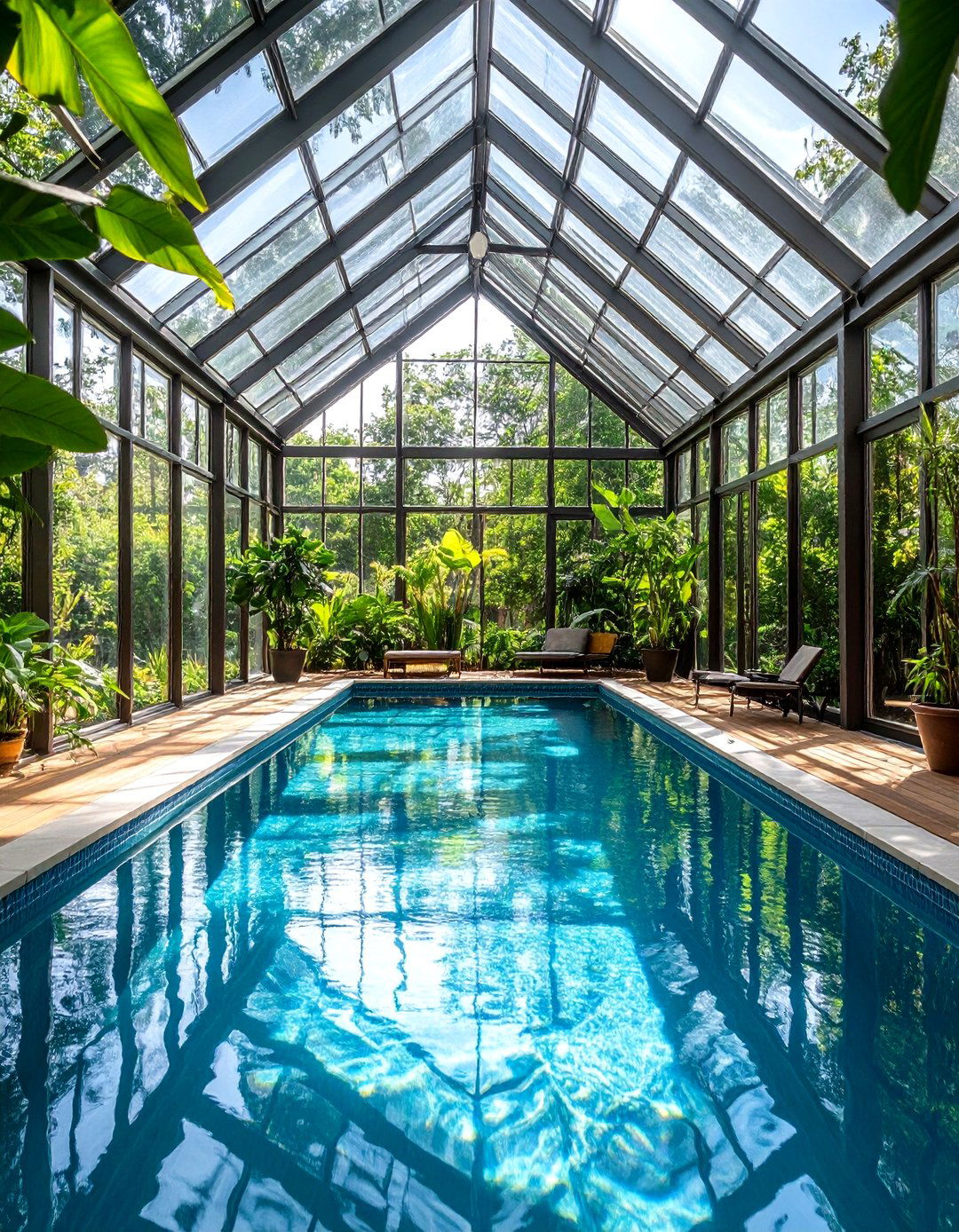
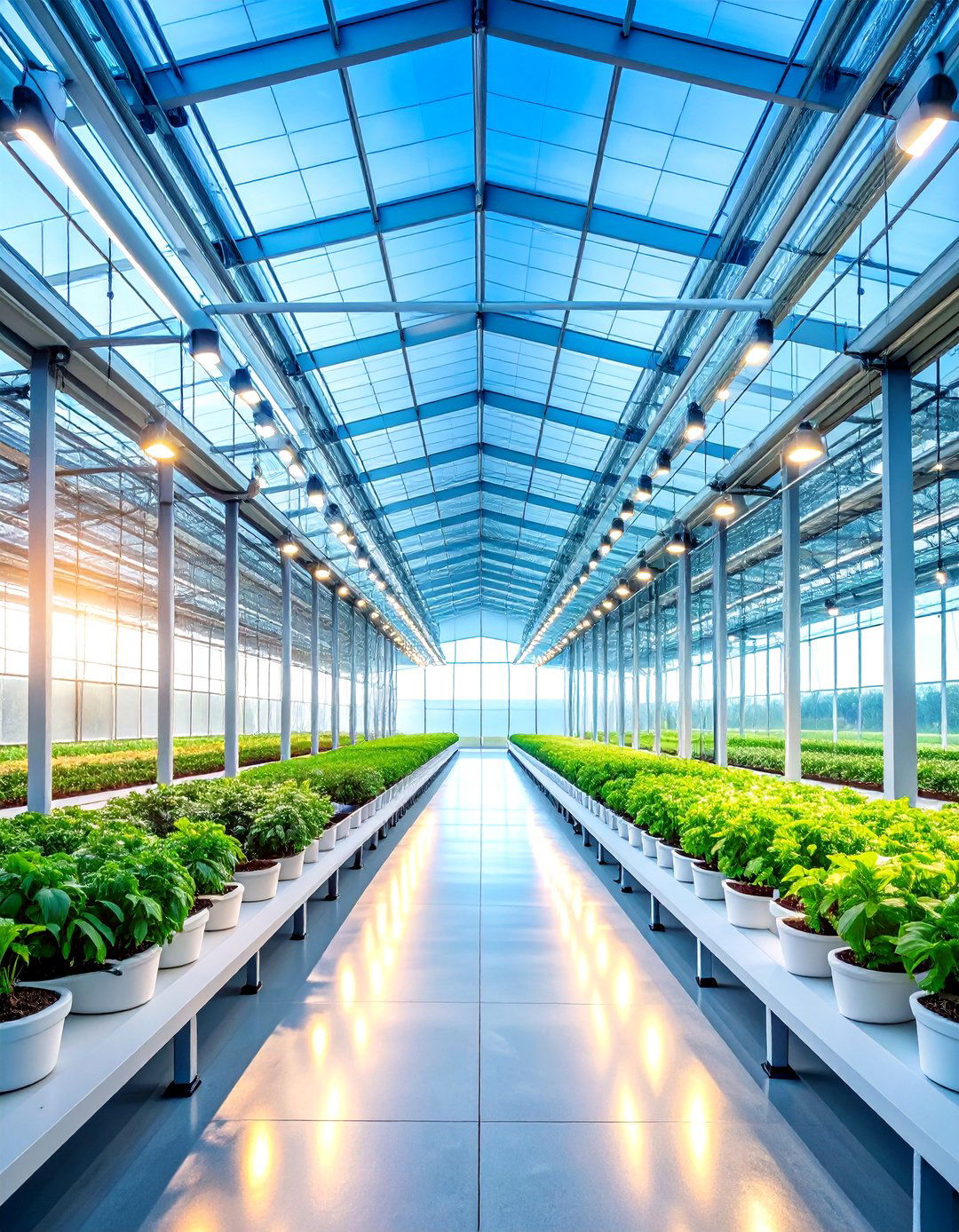
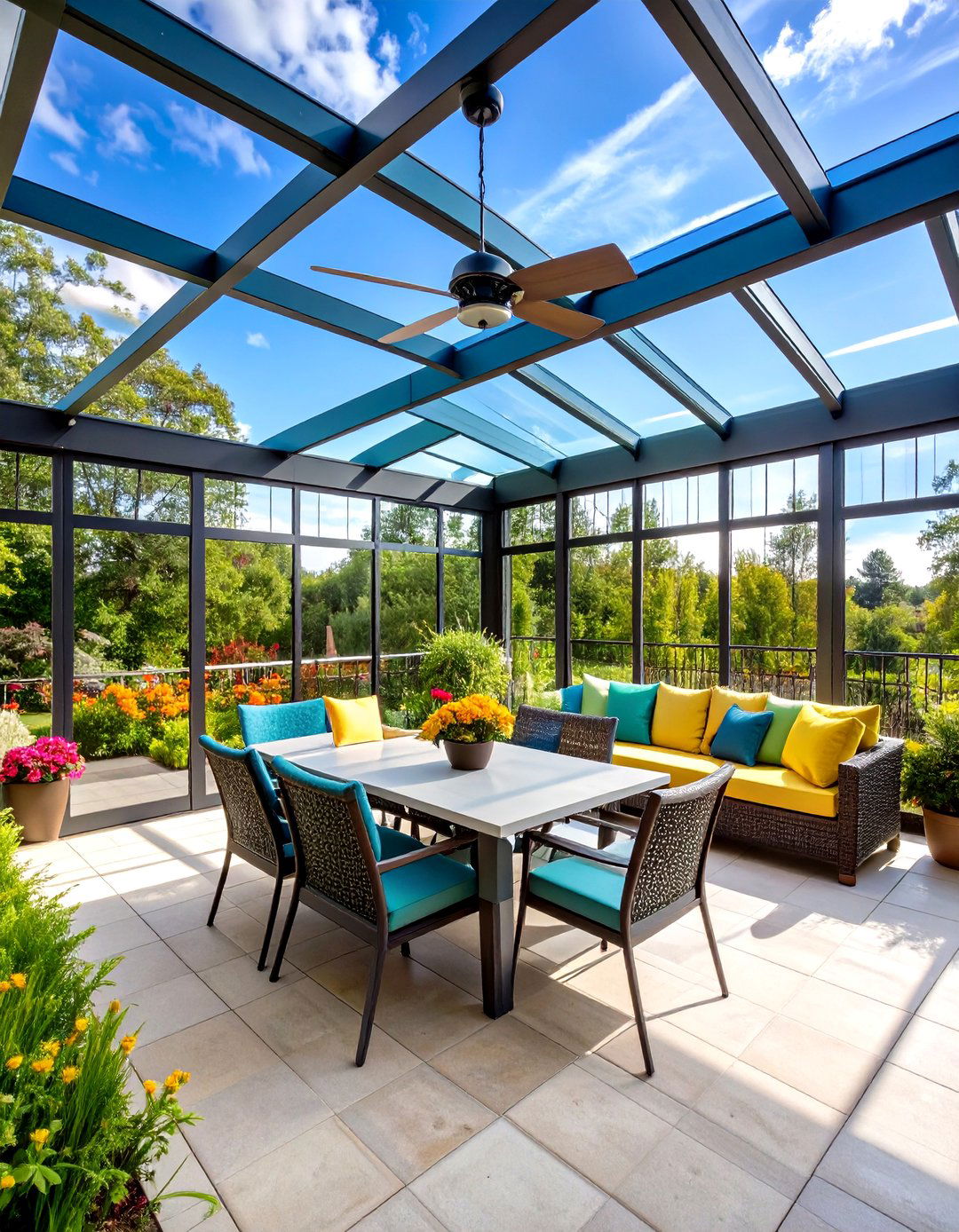
Leave a Reply